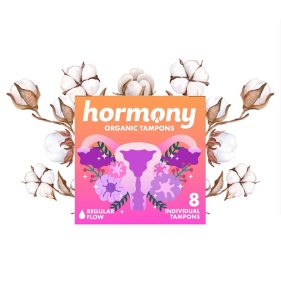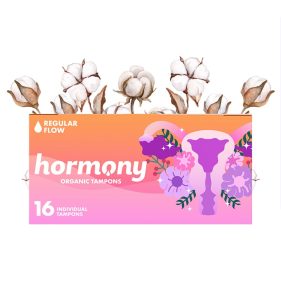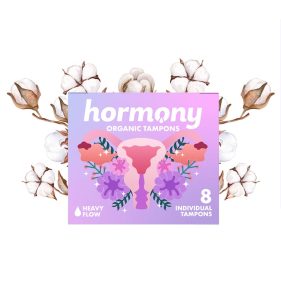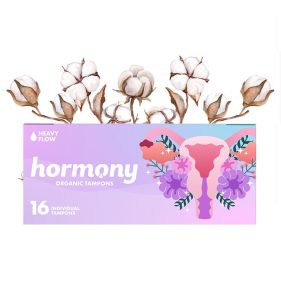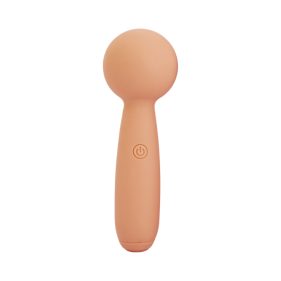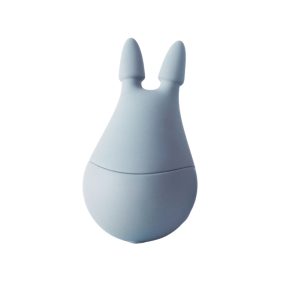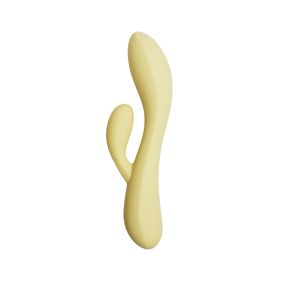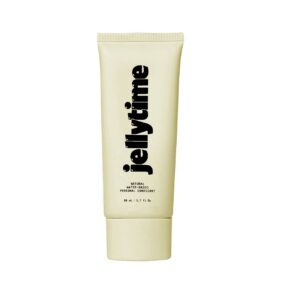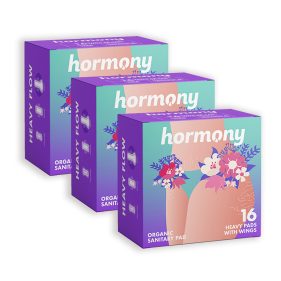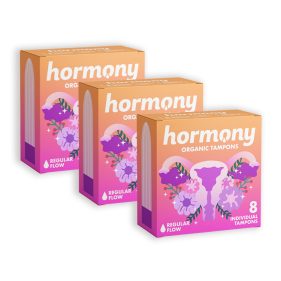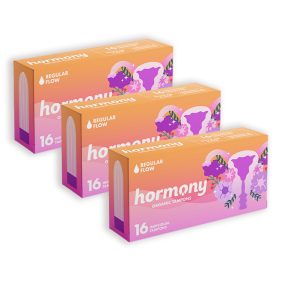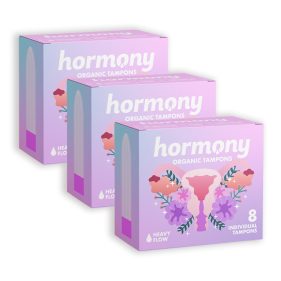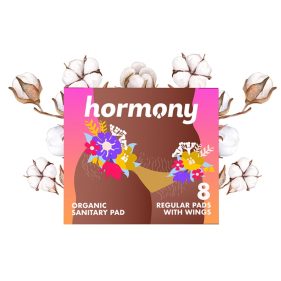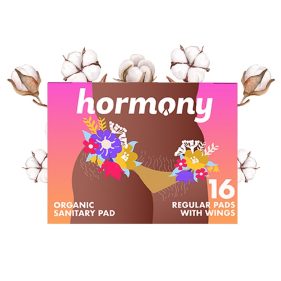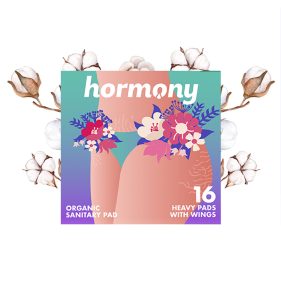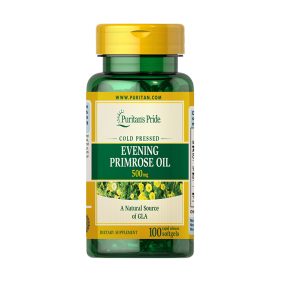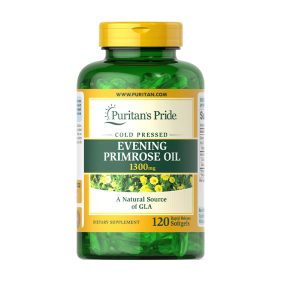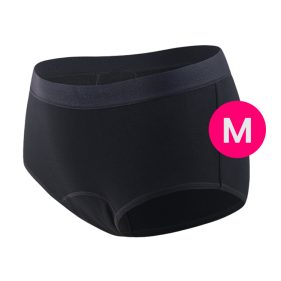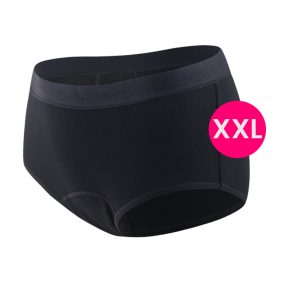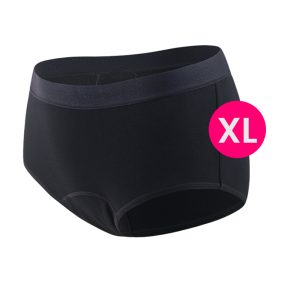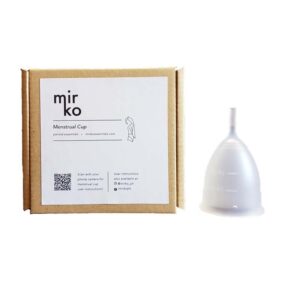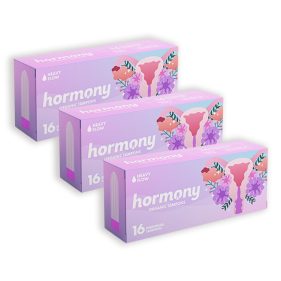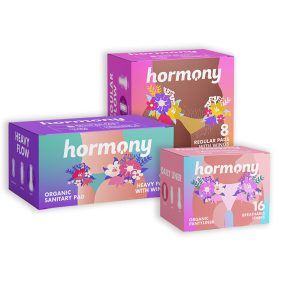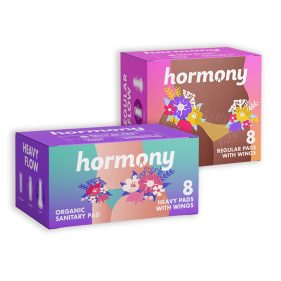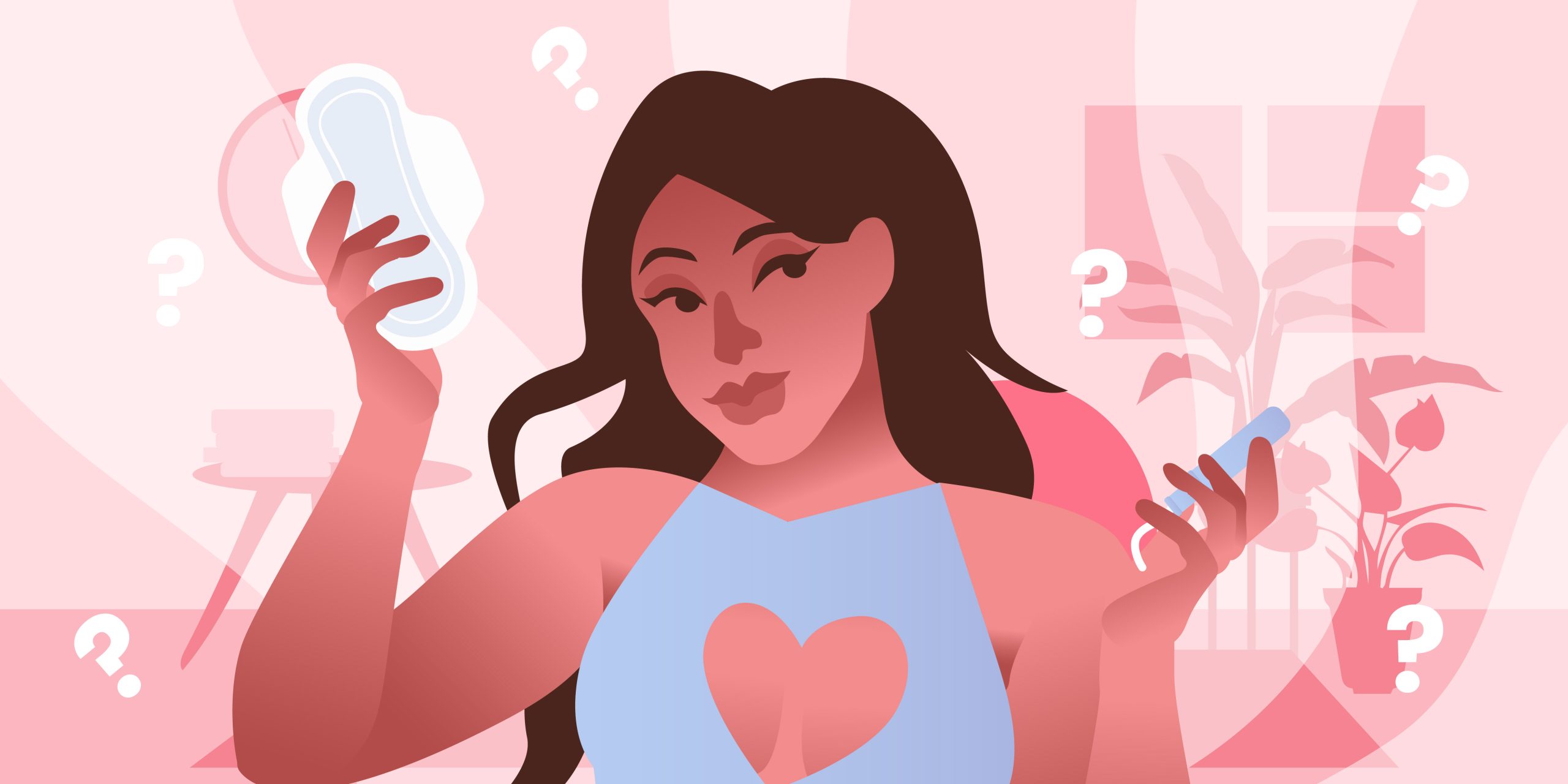
Oh, what a familiar debate we have here. When it comes to our period, we’d constantly have to debate between tampons vs. pads for every flow. However, we also live in an age where more menstrual items have come into the light. Gotta love the innovation in making sure one has an easy period ahead of them.
But back to tampons vs. pads – Which is the best bet?
Let’s break down each product and its individual pros and cons to find out. And if you keep reading, we even listed a few crucial tips to remember when you use any of the two.
What is a Tampon?
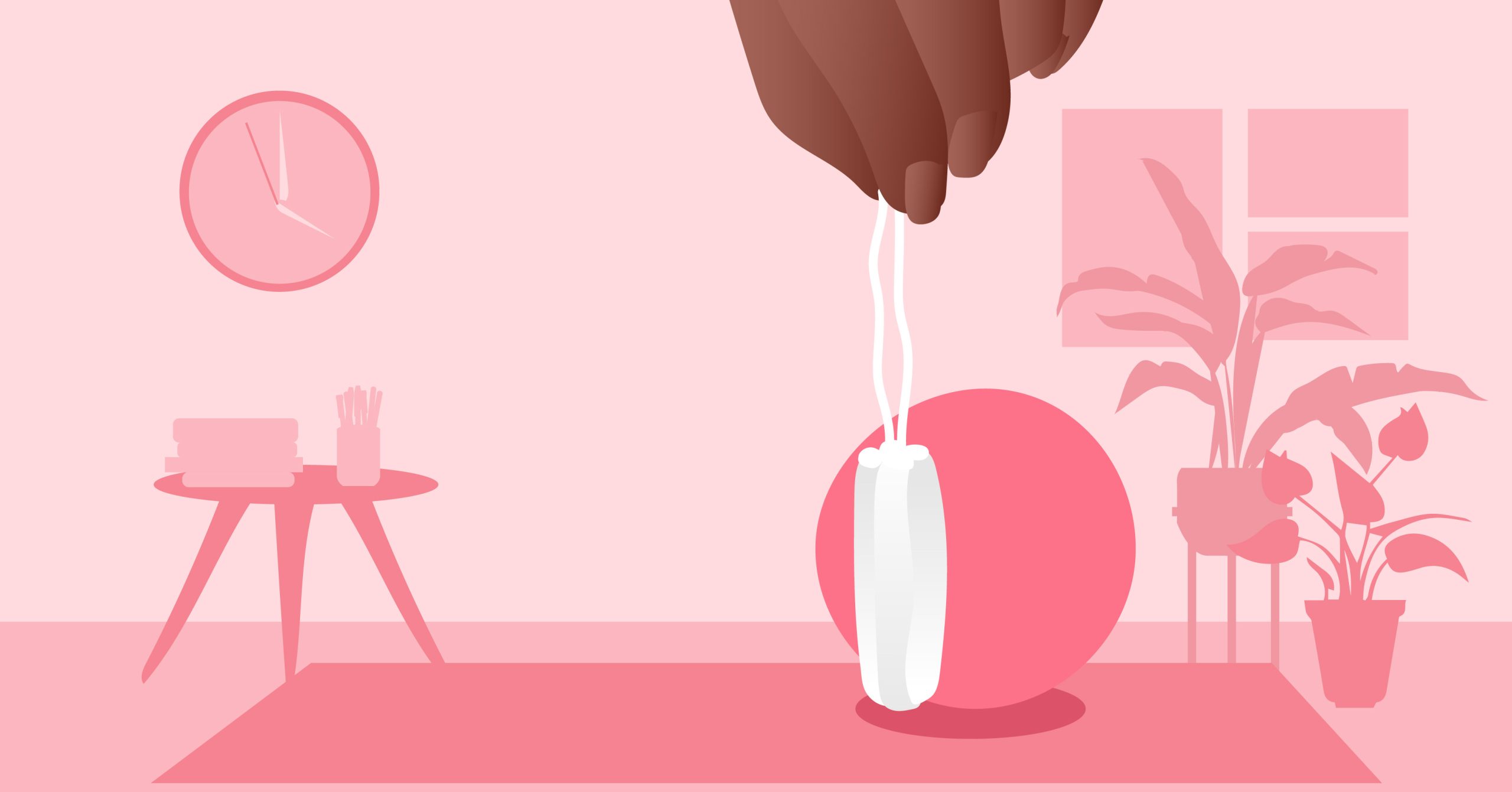
Insider defined a tampon as “a cylindrical vagina insert made out of cotton, rayon, or a mix of both materials.”
This product comes in various absorbency levels and sizes, as every AFAB’s period is unique from one another. They come with applicators, which are plastic or cardboard tubes that aid in placing the tampon in the correct position. In terms of size, they can be as slim, long, and short, depending on their absorbency level.
One’s period changes numerously throughout your life, like it can be heavy during the first few days, then light towards the end. It’ll even start to disappear once you’re nearing menopause. Thus, tampons have different absorbency rates to soak up blood and avoid leakage down there.
Healthline shares that the absorbency levels range from light/junior, regular, super, super plus, and super plus extra/ultra. The names may vary per brand. Some tampons can also be for one-use only or reusable, but the latter is discouraged due to the high amounts of bacteria that’ll be present afterwards.
Anatomy of a Tampon
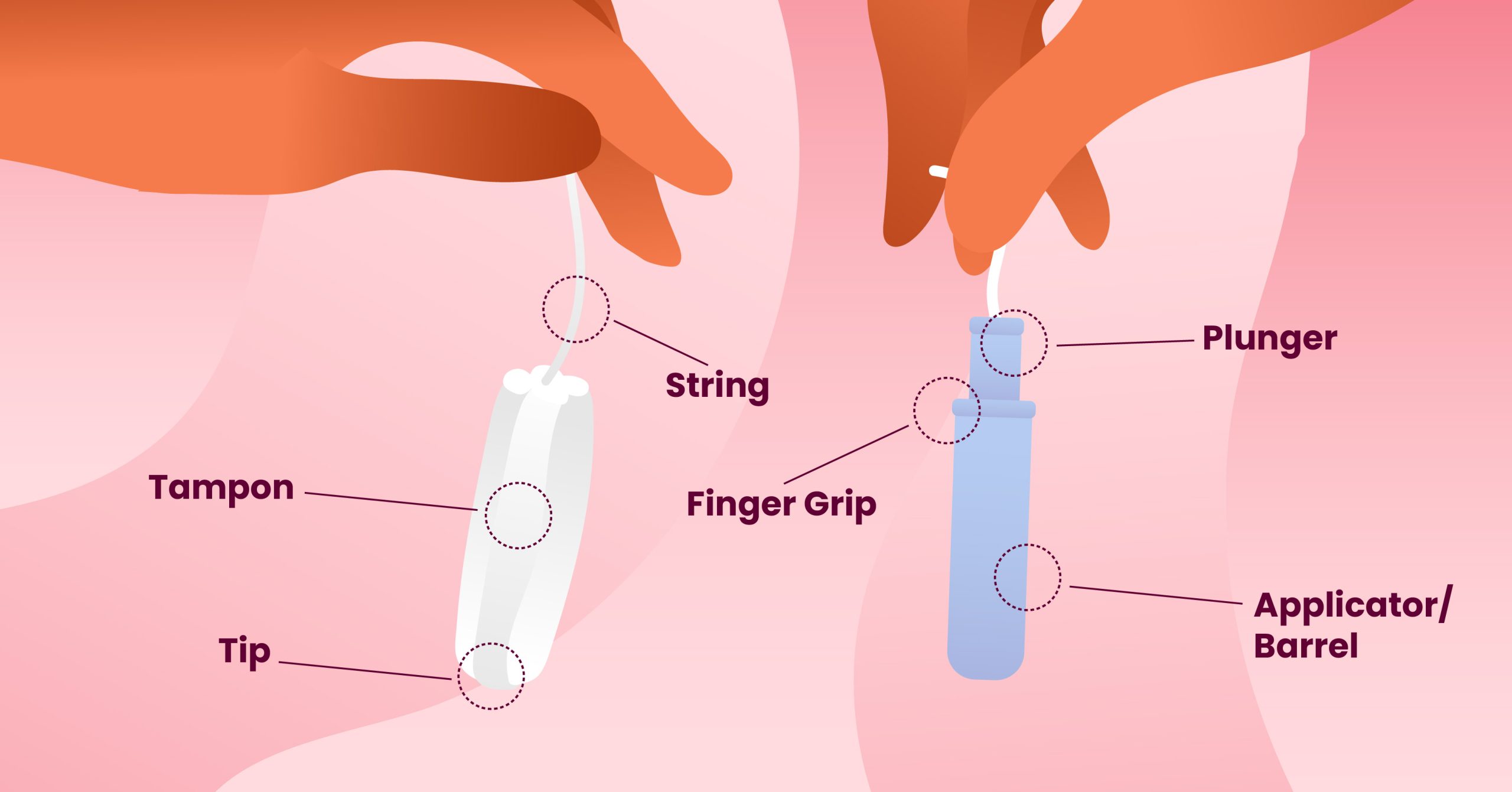
In case you aren’t so familiar with how a tampon looks (you’re probably a pad user), we’ll show and explain each part in this section. Based on Cleveland Clinic, here’s the anatomy of the cylindrical menstrual item.
- Tip – The top part of the applicator, which is usually contoured in a round shape.
- Applicator/Barrel – This wider, tube-shaped part is where the tampon rests, with a tip where the tampon slides out later on.
- Plunger – A smaller, tube-shaped barrel that is responsible for pushing up the tampon into your vagina.
- Finger Grip – The middle area where your fingers can rest as they help insert the tampon until removing the entire applicator from one’s body.
- Tampon – As defined earlier, it’s made of absorbent material that soaks up one’s period blood as it stays in the vagina.
- String – A soft, thin, and braided material found at the tail of the tampon. It’s a very important part when you’re ready to eject the tampon from your vagina.
-
₱1,199.00
-
₱1,499.00
-
₱2,299.00
How to Insert a Tampon
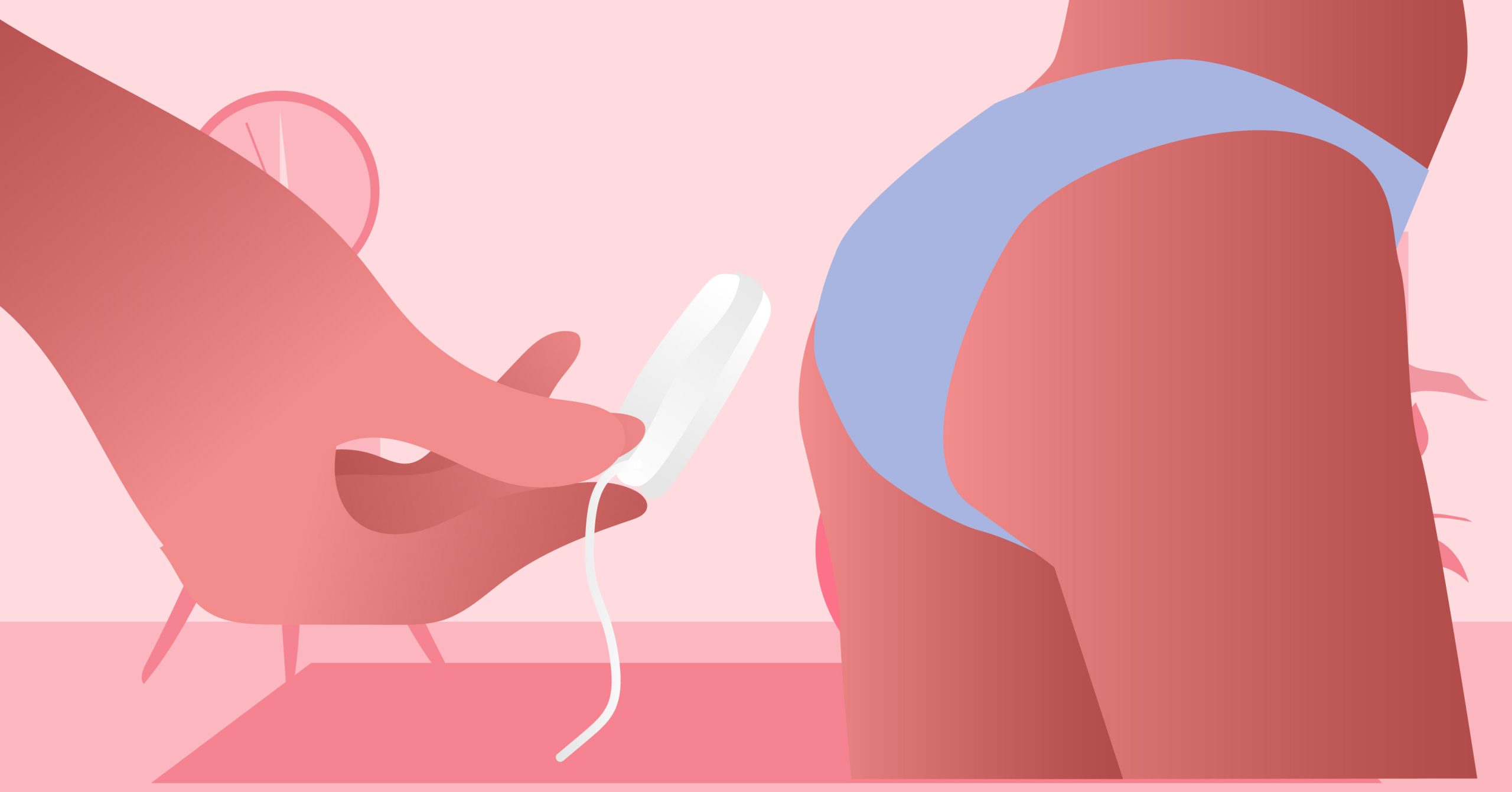
WebMD importantly advises that a tampon can be used for 4-6 hours before changing into a new one.
They can be inserted via an applicator or through your hands. Once inside, the item absorbs all the blood, and when time is up, you can eject the tampon through the string attached to it.
But let’s do a more detailed instruction guide on how to properly insert a tampon.
- Wash your hands with soap and water.
- Get into a comfortable position, whether it be a squat or seated on a flat, hygienic surface. For example, a bed or a clean toilet seat. You can also be standing up with one foot up on the toilet seat.
- Unwrap the tampon. It should have a round tampon with an applicator (if that’s what you availed), wherein the strings are dangling on the end. Tug them a bit to check if they are fully secured in place.
- Breathe and relax if you’re feeling nervous.
- Once you’re in the clear, it’s time to carefully insert the tampon inside.
- To be more technical, Playtex advises holding the applicator’s finger grip with your thumb and middle finger.
- Position the tip by your entrance at a 45˚ angle and gently slide it inside until your fingers come in contact with your vagina.
- Push the plunger all the way to the barrel to release the tampon. The plunger has now collided with the barrel at this point, so gently remove them through the finger grip.
- The strings should be left behind, but at the ideal angle where your body finds comfort.
- Throw away the used applicator alongside the packaging it comes in with. Don’t flush it in the toilet!
- When time is up, remove the tampon by soothing your muscles and resuming into the same position used for insertion. Pull it down through the strings.
- Dispose of the used tampon properly in the trash bin.
Pros of Tampons
So what makes tampons an ideal option to use when it comes to your red days? Let’s discuss its pros in this section.
1 It’s travel-friendly.
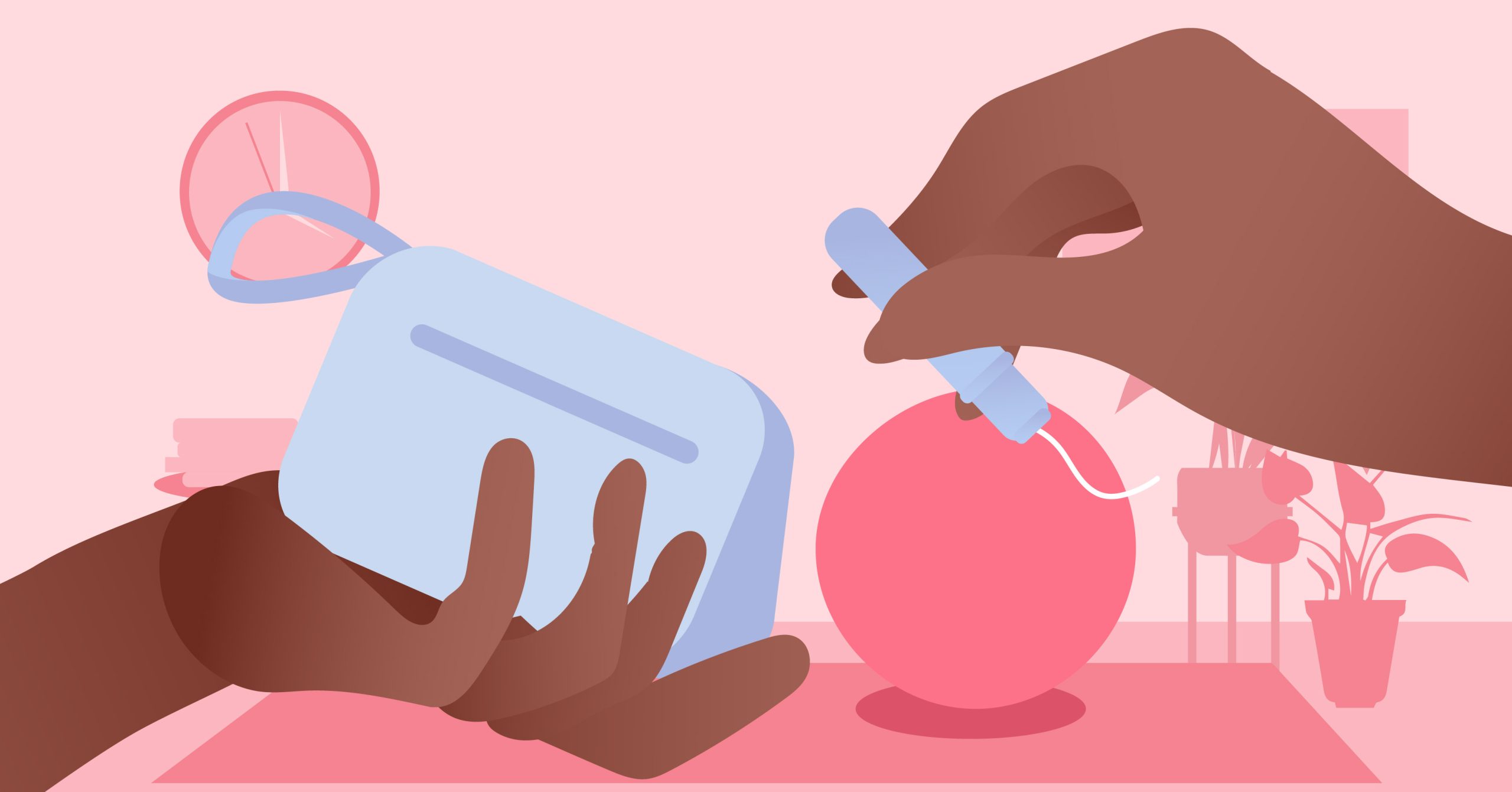
A tampon is smaller than your palm, which makes it more convenient to bring anywhere. It can fit any bag you have or even in any pocket of your jeans. Regardless, it won’t change its effectiveness no matter where you go.
The convenience of a tampon here contrasts a pad, wherein the square item may be too bulky to bring along.
2 You can embark on sports or anything active with it.
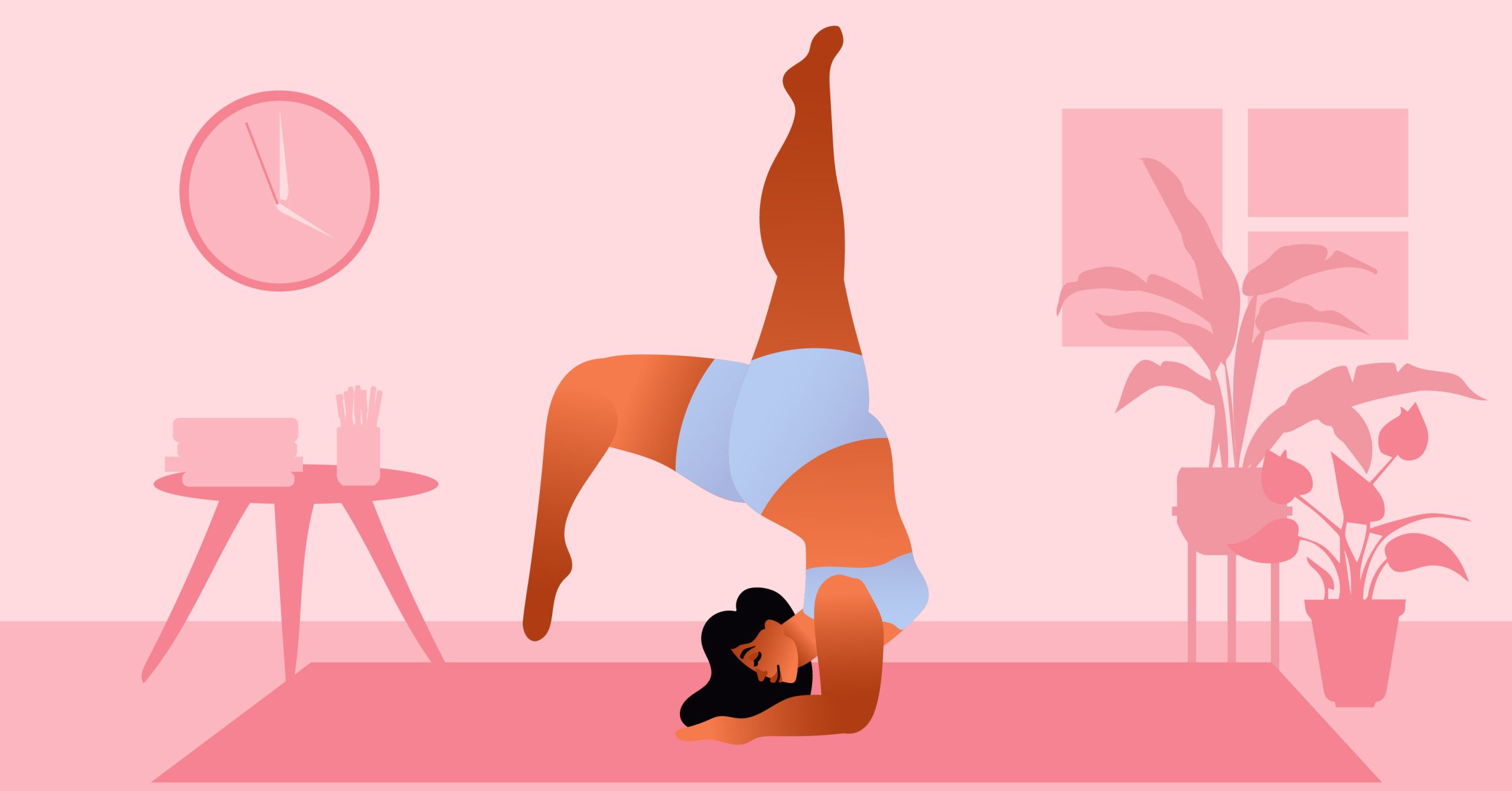
Any athletic activity you do, you won’t be halted when your period arrives! Tampons are snug enough to allow you to move as strenuously or as lightly as you choose. So once properly inserted, the item won’t move as you move. There’s even an active type of tampon for some brands solely dedicated to such activities.
This also goes for swimming, wherein you can dip in the pool worry-free of getting the water red.
-
Original price was: ₱840.00.₱756.00Current price is: ₱756.00.
-
Original price was: ₱495.00.₱445.50Current price is: ₱445.50.
-
Original price was: ₱885.00.₱796.50Current price is: ₱796.50.
-
Original price was: ₱585.00.₱526.50Current price is: ₱526.50.
3 They’re discreet.
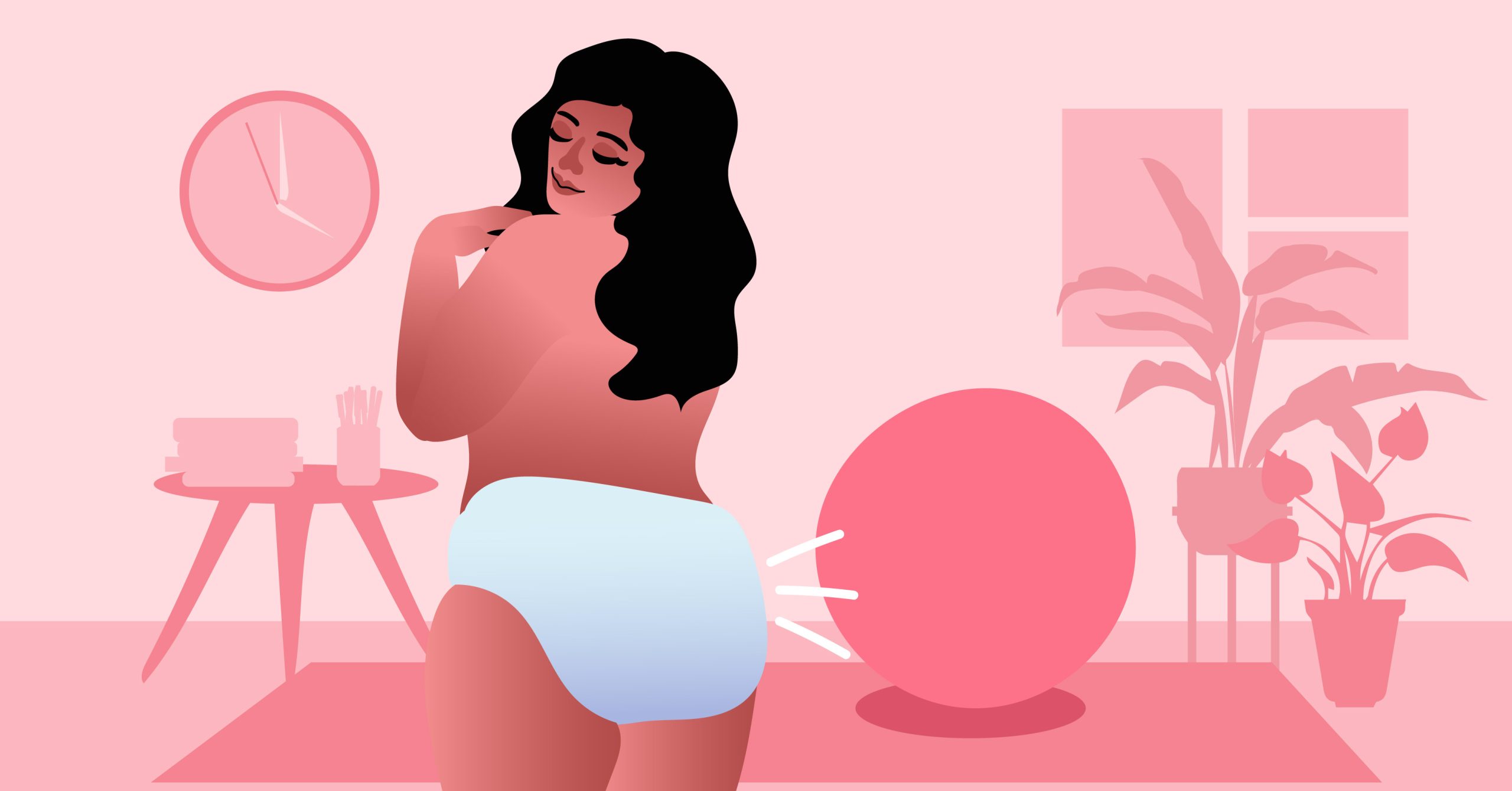
As the size of a tampon is already small, you won’t catch any traces of it while clothed. It’s one huge perk compared to pads, wherein the outline of the product is crystal clear. This perk also allows one to wear whatever they want, especially their intimate wear (e.g., thong and g-string). Just remember the string attached to it when it’s time to remove it.
Cons of Tampons
Now, what downsides to tampons should we be extra cautious of? Keep reading this section to find out more.
1 You’re at high risk of getting Toxic Shock Syndrome (TTS).
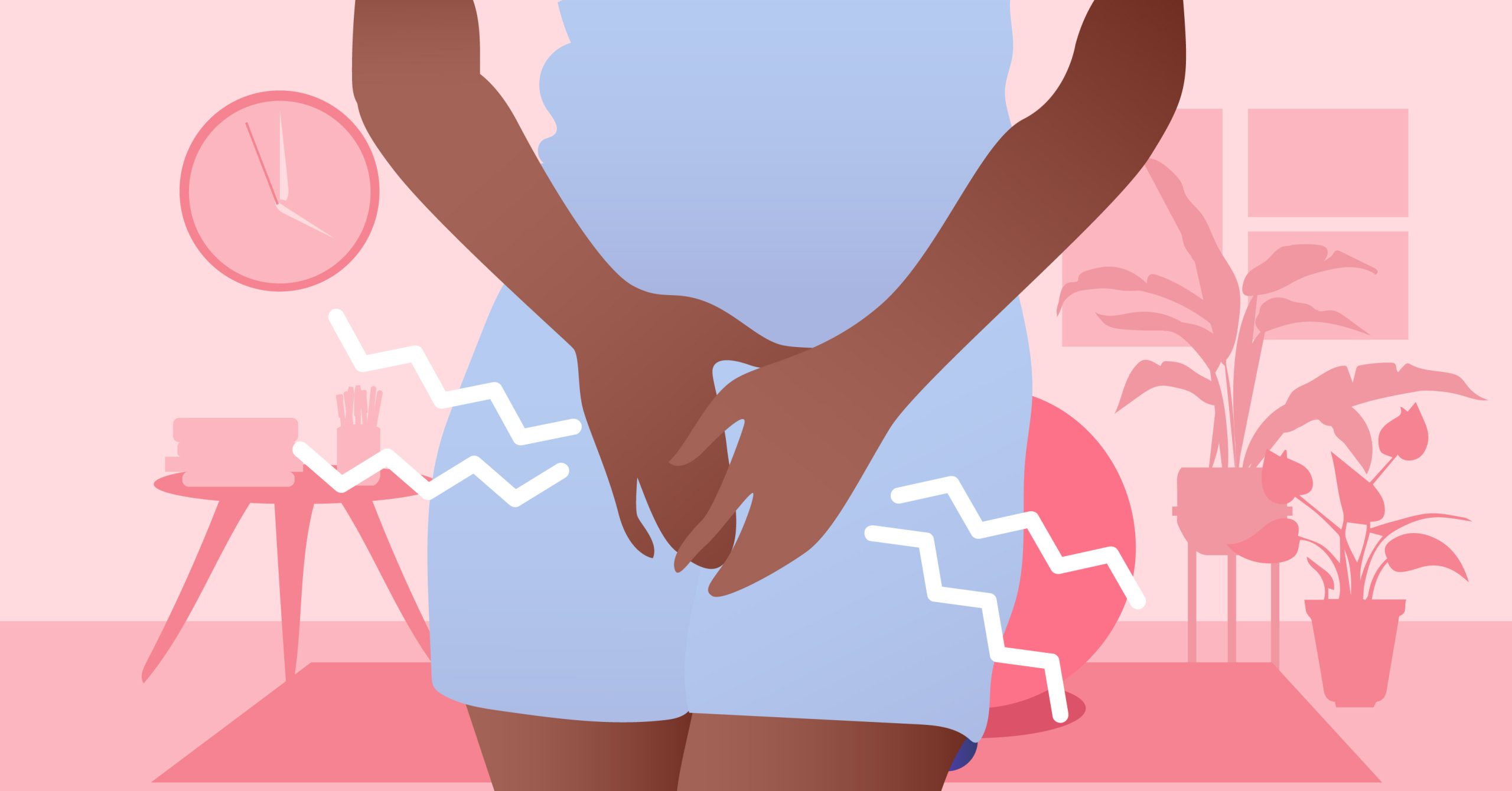
Healthline defines Toxic Shock Syndrome (TTS) as a “rare but serious medical condition caused by a bacterial infection”. The bacterium involved is called Staphylococcus aureus, which enters the bloodstream and creates toxins. It’s mainly linked to super-absorbent tampons, alongside non-menstrual issues.
This infection is a medical emergency, with symptoms such s high fever, headache, nausea, and seizures, among many more. Thus, this highlights more on how crucial it is to remove a tampon on time.
2 It can feel uncomfortable.
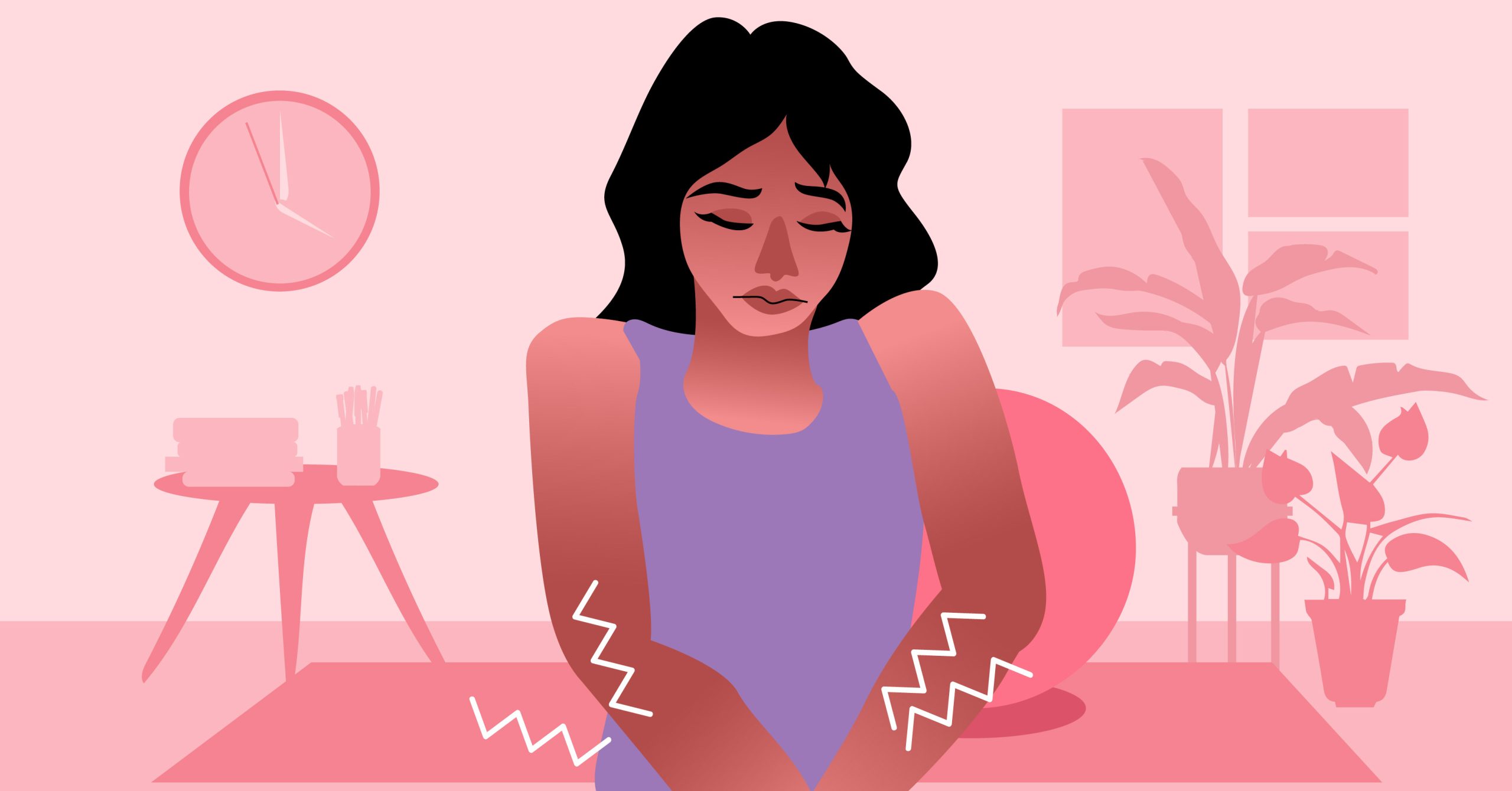
Even with an instruction guide or an applicator in the tampon, inserting one for the first time can be challenging. Then getting the hang of it is another thing. If you’re a complete beginner to tampons, you may need help from another person. You may even remove them several times due to the peculiar sensations and readjust them as needed.
Trying a new one, even when you get used to the feeling will take time for your body to adjust, whether it be because it’s of a different brand, absorbency level, or shape.
3 It can cause vaginal irritation.
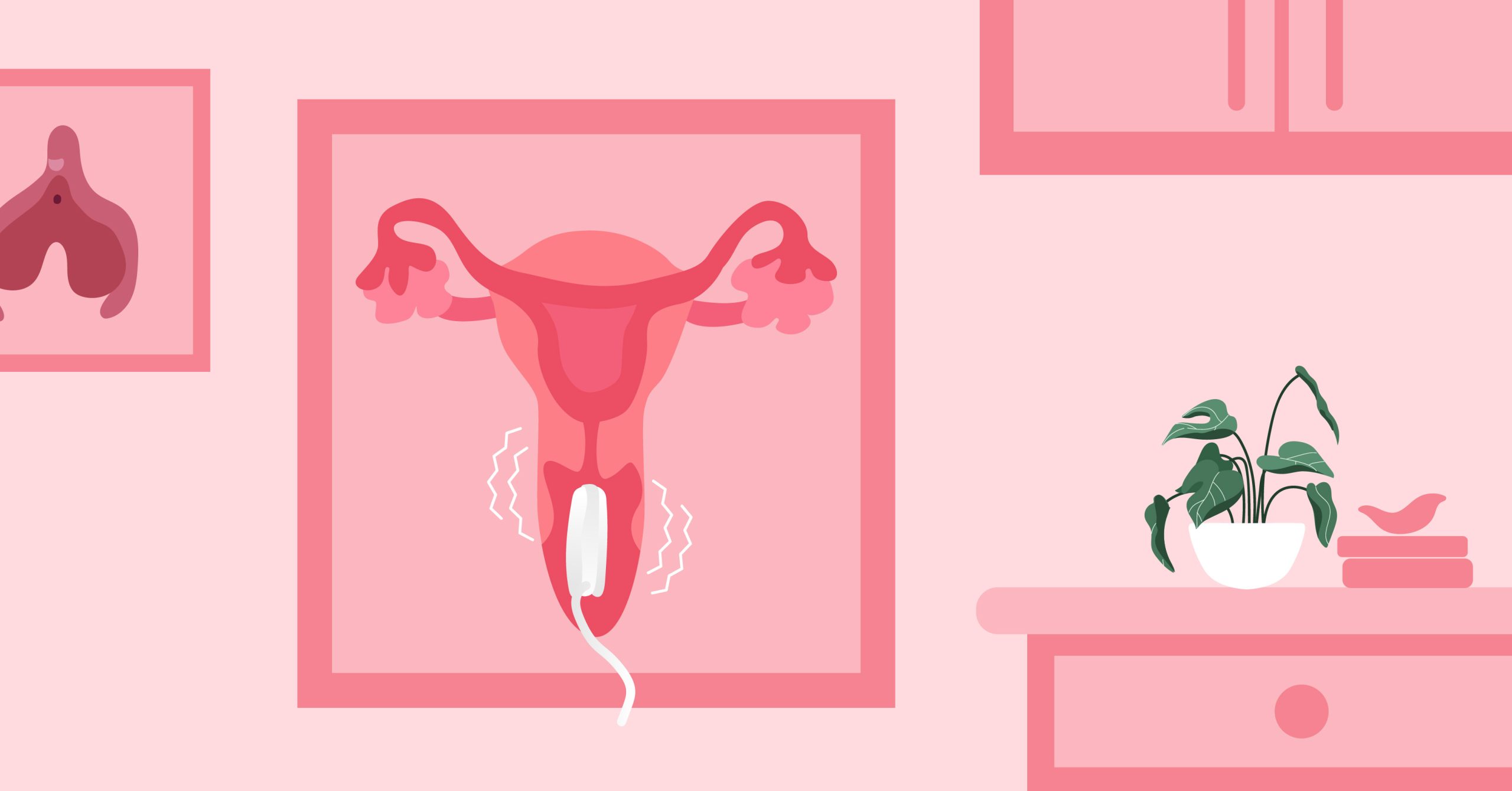
Tampons are more likely to cause vaginal irritation than pads. According to Dr. Melissa Goist, an OB-GYN, via Self, she shares that “The tampon ‘wicks’ away the moisture from the menstrual cycle, but it can also absorb some of the vaginal moisture and vaginal flora (the normal bacteria that is typically in the vagina),”
She also adds that it’s more evident when someone uses a tampon on a light day or a “super” tampon when their period isn’t super strong that day.
With vaginal irritation, it comes with burning and itching sensations. On top of this, you can’t wear tampons overnight when you’re sleeping. You’d also be more prone to infection, such as TSS.
Ideal Times to Use a Tampon

What are some examples of situations wherein using a tampon is a great idea for your red days? Those situations include:
- Partaking in active hobbies
- Heading to an event that involves swimming or getting wet
- Persistent for something convenient when you’re on-the-go
What is a Pad?
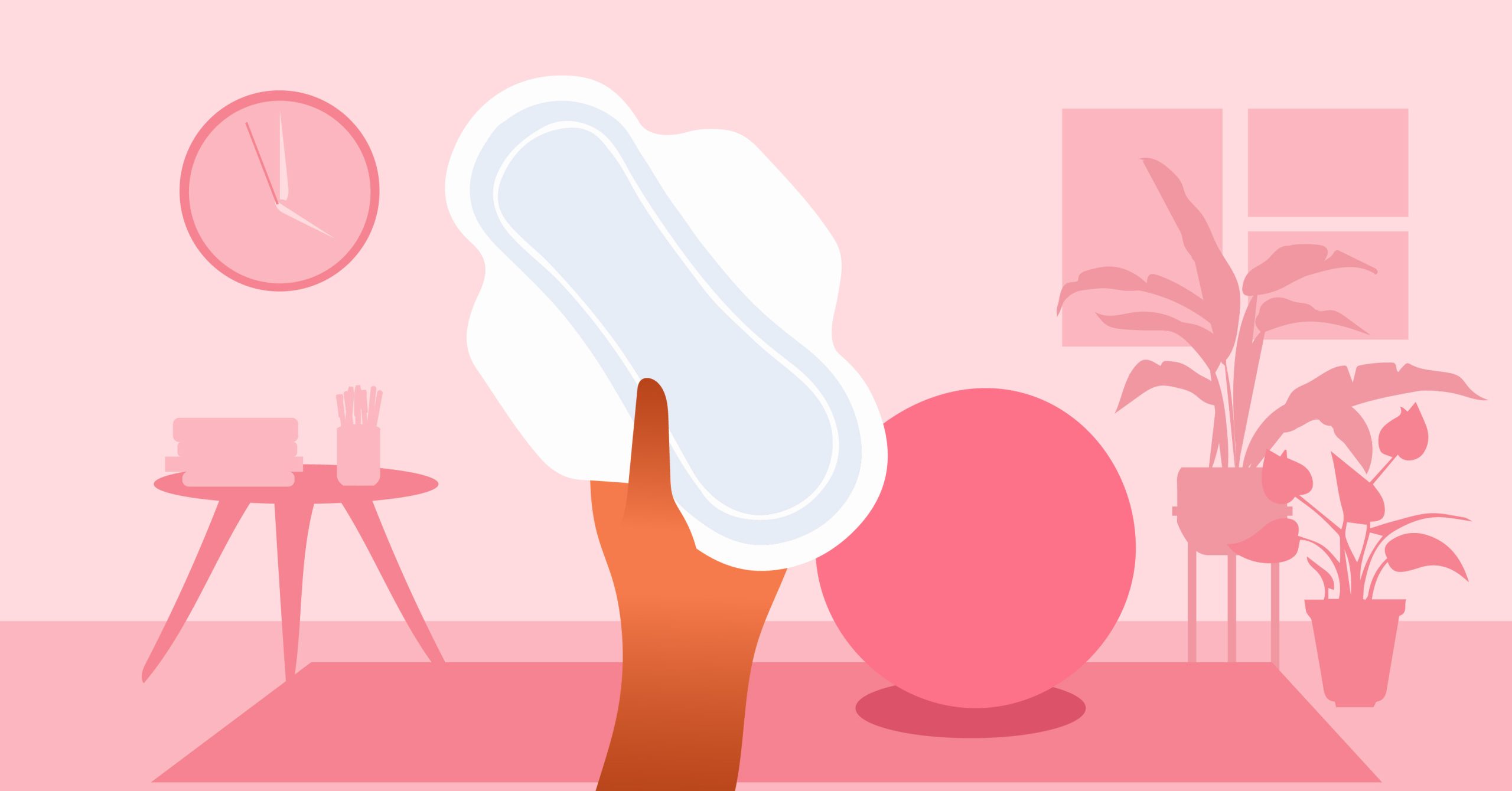
Healthline defines Pads as “rectangles of absorbent materials that stick to the inside of your underwear.”
Pads, also called sanitary napkins or sanitary pads, are great for light to heavy flows.
They come in assorted variations, some of which have “wings” to stabilize the pad much more. Another way to differentiate pads is how thick or thin the cushion is. Although they provide the same amount of protection, Carefree differentiates thick as a “maxi”, wherein they’re “made of thick absorbent cushion and provide maximum comfort.” They’re an ideal choice for those with heavy flows. It can also be identified as an “XL” kind of pad you find in the grocery.
As for its counterpart, a thin pad is called an “ultra”. Carefree shares that it’s “made with a compressed, absorbent core which is only 3 mm thick.” This would be a more private option, and also be characterized as a “regular” kind of pad in stores.
Some pads can be one-use only or reusable, like tampons. For the latter, Menstrupedia defined those as cloth pads that can be washed, dried, and reused several of times.
Panty liners are also similar to pads as it sticks to underwear to collect blood on a light flow. But it can also be used on the daily to collect discharge, and it’s less absorbent than a pad.
Saathi shares that there is also an overnight pad, which is much longer and thinner out of all of them. Why? This is ideal for sleeping in for the night, wherein the back part is wider to accommodate your butt as you move in your bed. It also has wings on the crotch area to avoid any leaks.
Anatomy of a Pad
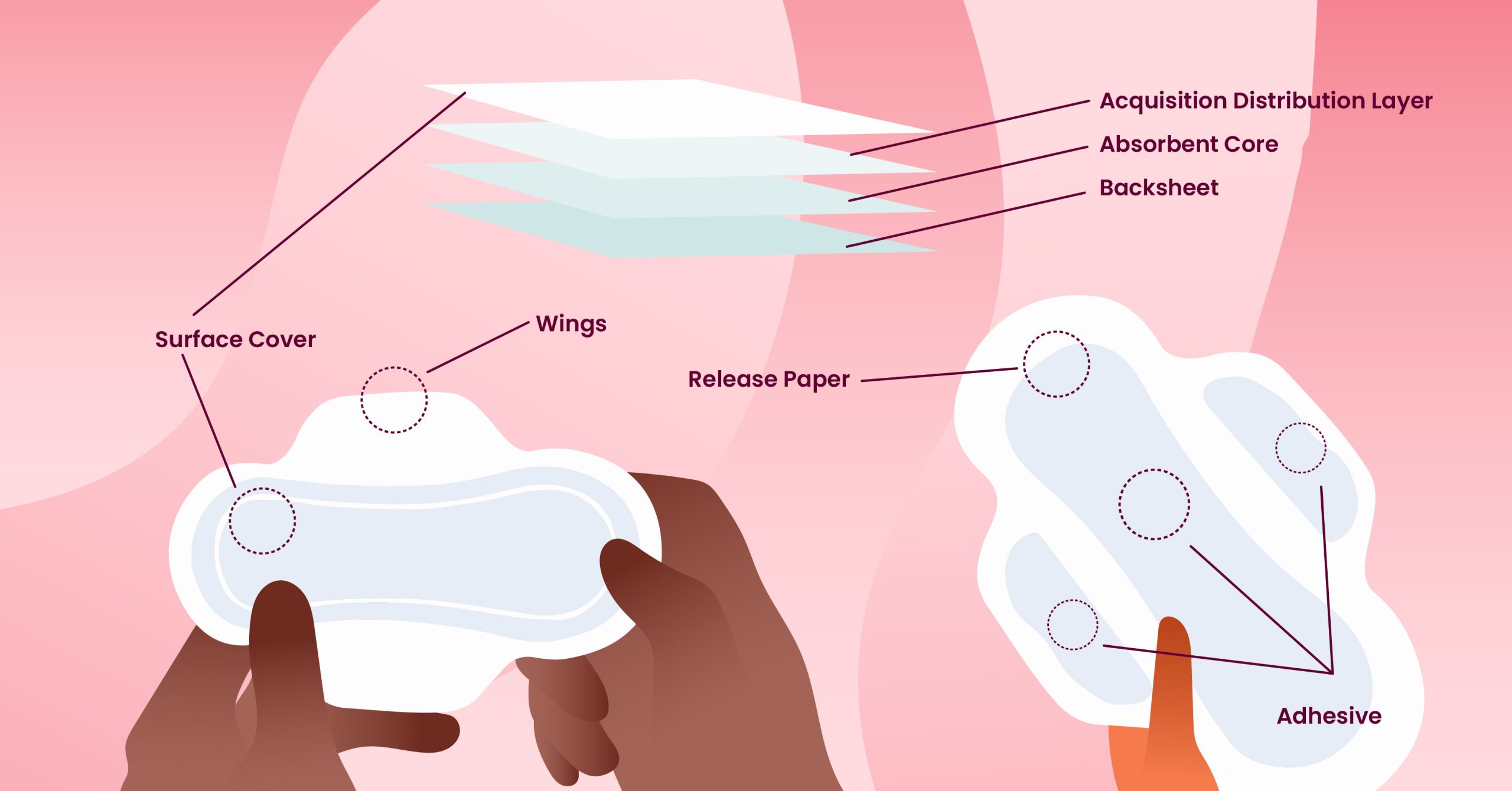
Ever wondered what the parts of a sanitary pad are? Let’s get into detail in this section with information from the Absorbent Hygiene Product Manufacturers Association or APHMA.
- Surface Cover – The ultra-thin cover that’s responsible for keeping one’s skin dry by moving the liquid towards the acquisition distribution layer.
- Acquisition Distribution Layer – A porous layer that shifts the liquid from the surface cover to the absorbent core, which locks it in.
- Absorbent Core – A layer wherein that’s in charge of absorbing fluids. There are minimal to no absorbing qualities in panty liners.
- Backsheet – A waterproof layer that prevents any leakage from happening.
- Release Paper – An silicone coated paper trip that keeps the quality of the adhesive material.
- Adhesive – The substance in your pad responsible for sticking to your underwear.
- Wings – Extra adhesive sections for more security in your underwear. Pads can either have wings or none, depending on one’s preference.
-
₱899.00
-
₱1,449.00
How to Use a Pad
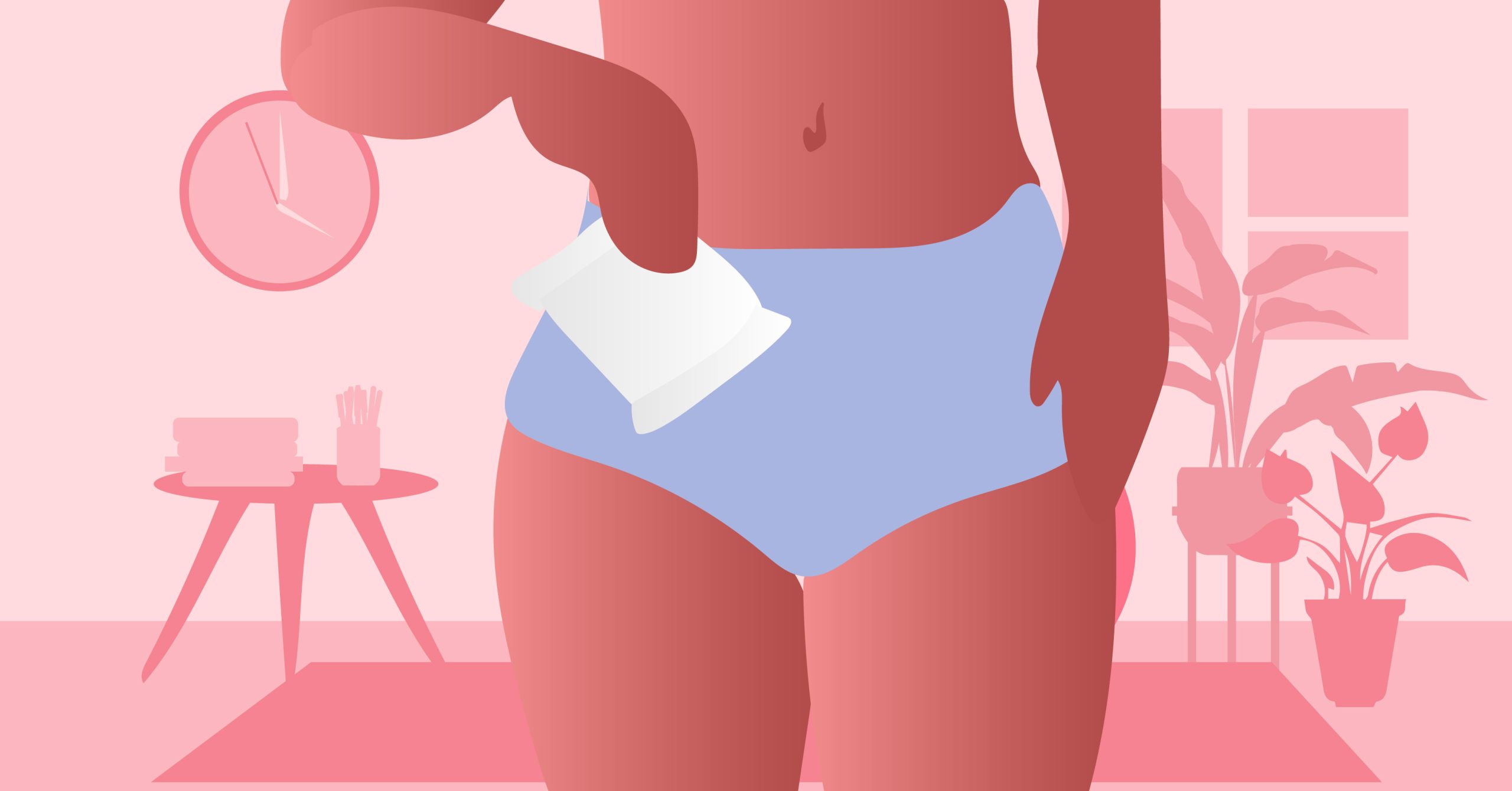
VeryWell Health advises that one pad can be used for four to five hours before swapping to for a fresh, new one.
- Wash your hands.
- Get a clean pair of underwear, and flip it inside out. Make sure the crotch area is on full display.
- Unwrap your pad, and find the best angle to stick it on your crotch.
- Once you’re satisfied, remove the adhesive and stick the pad. If there are wings, fasten them under your underwear.
- Slowly put your underwear on, and the rest of your clothes.
- Dispose of the release papers and packaging in the trash bin. Don’t dispose of them in the toilet!
- Change the pad every few hours within the day, or until it feels heavily soaked in blood.
- Dispose of it properly (you can wrap your pad with tissue if there’s no box or wrapping included for disposal) before changing into a new pad.
Pros of Pads
If you’ve wondered what makes pads an incredible option during your shark week, let this section convince you with its pros.
1 They’re really easy to use.
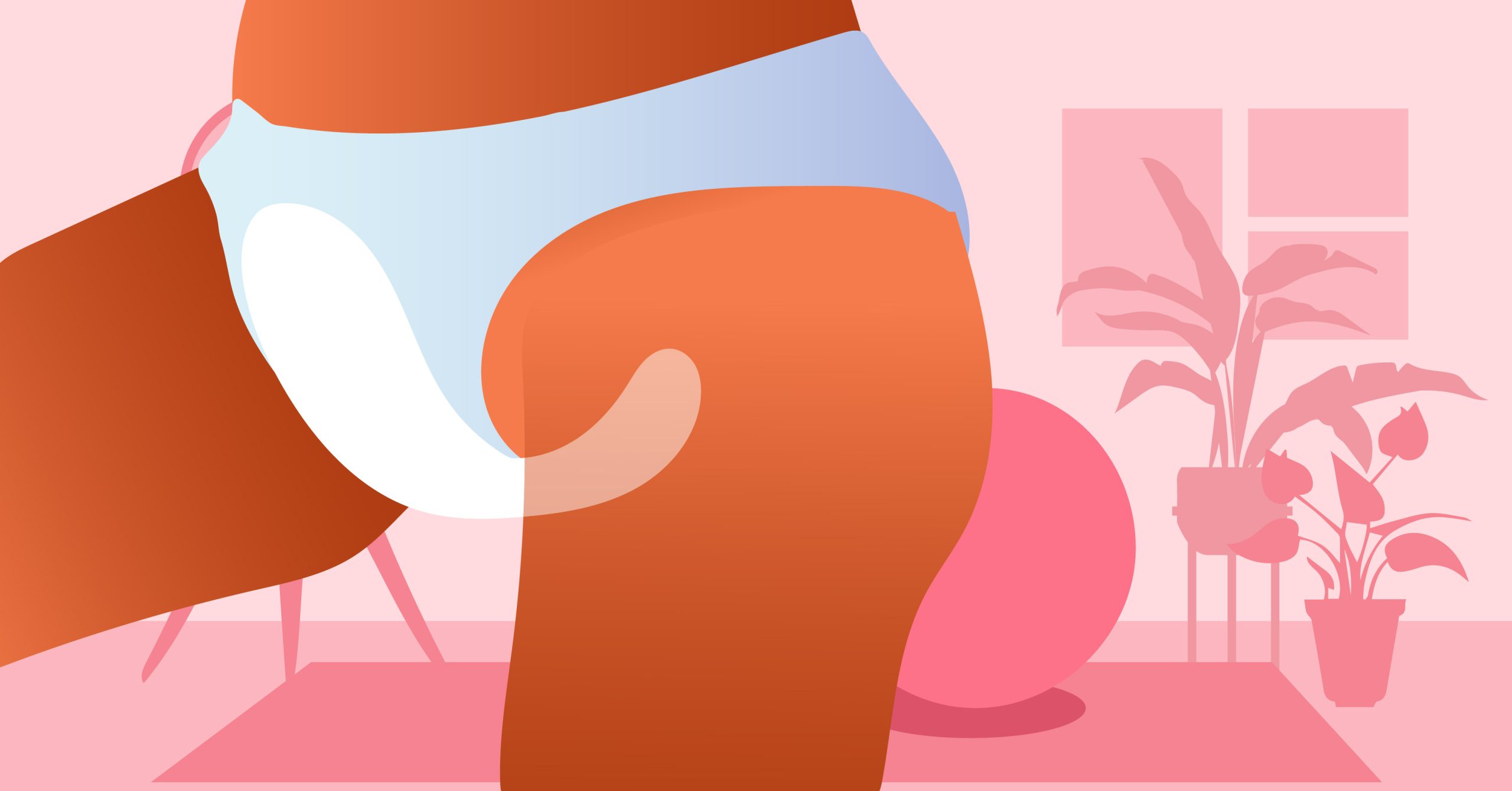
Think about it. Compared to a tampon, wherein you may need to angle your body differently every time, all you got to do with a pad is stick it. Find the crotch area of your underwear, place the pad, and fasten the wings underneath if applicable.
There’s no need to keep angling your body or getting nervous about anything being inserted with a pad, unlike a tampon. Plus, nerves tense your muscles, which only makes inserting a tampon more difficult. Thankfully, that’s not the case with a pad.
Alongside this, you’d know when to change them. Take a peek in the bathroom to see how much blood there is. If the pad is feeling heavy alongside seeing so much discharge, it’s time to switch it. Carefully remove it then stick a new one. Easy like one, two, three. A pad is more visible in contrast to a tampon inside you, making it a very beginner-friendly option for menstruation.
2 They’re versatile for various flows.
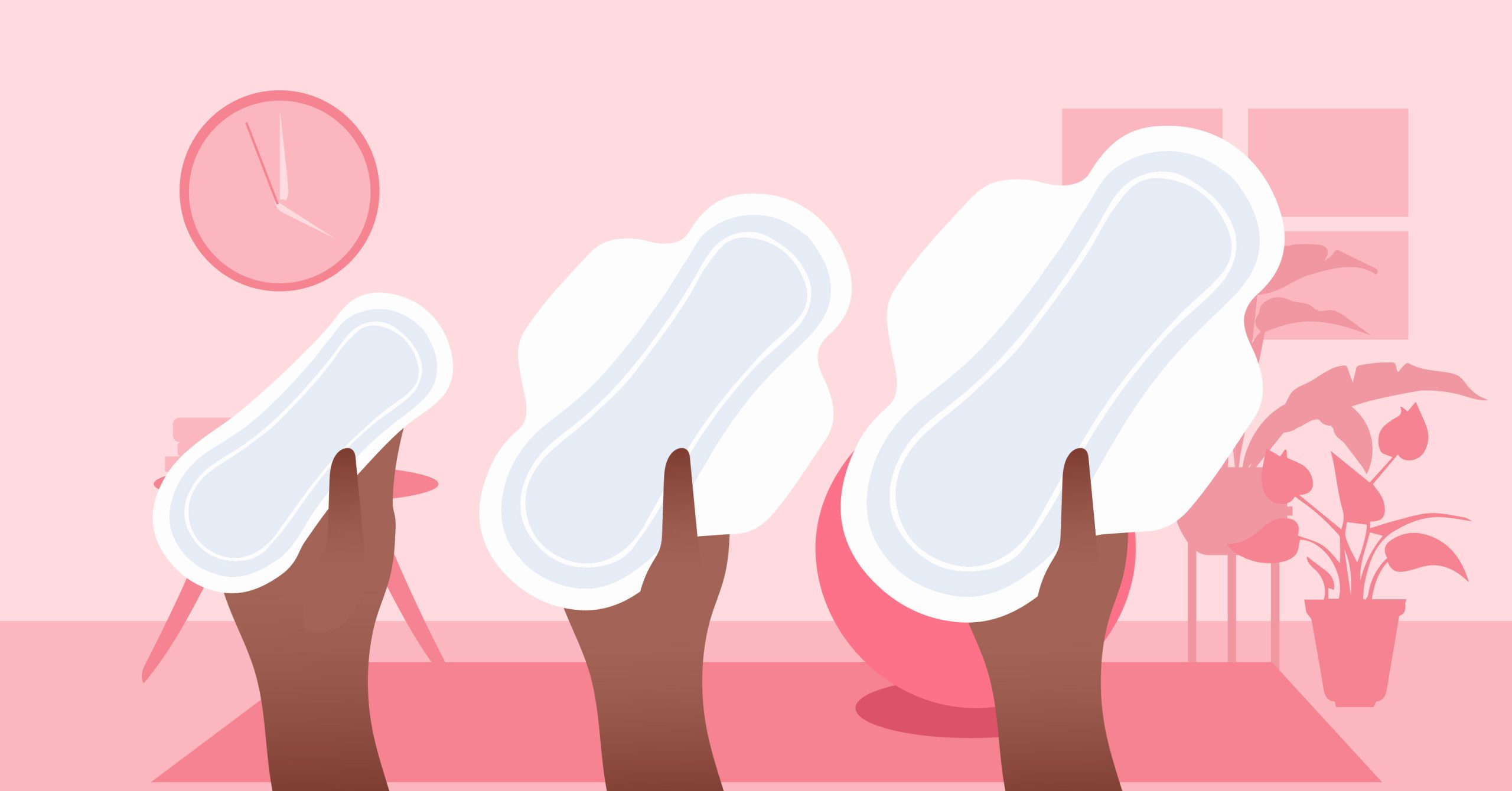
There’s a pad for anyone and any situation.
Having a heavy flow at the moment and need to constantly change it? XL pads exist to collect all the blood.
Don’t want to stain the bed while sleeping? Overnight pads are available whenever you need them.
The latter, especially, is a major key point with pads since tampons cannot be used overnight.
3 Bye-bye, TSS.
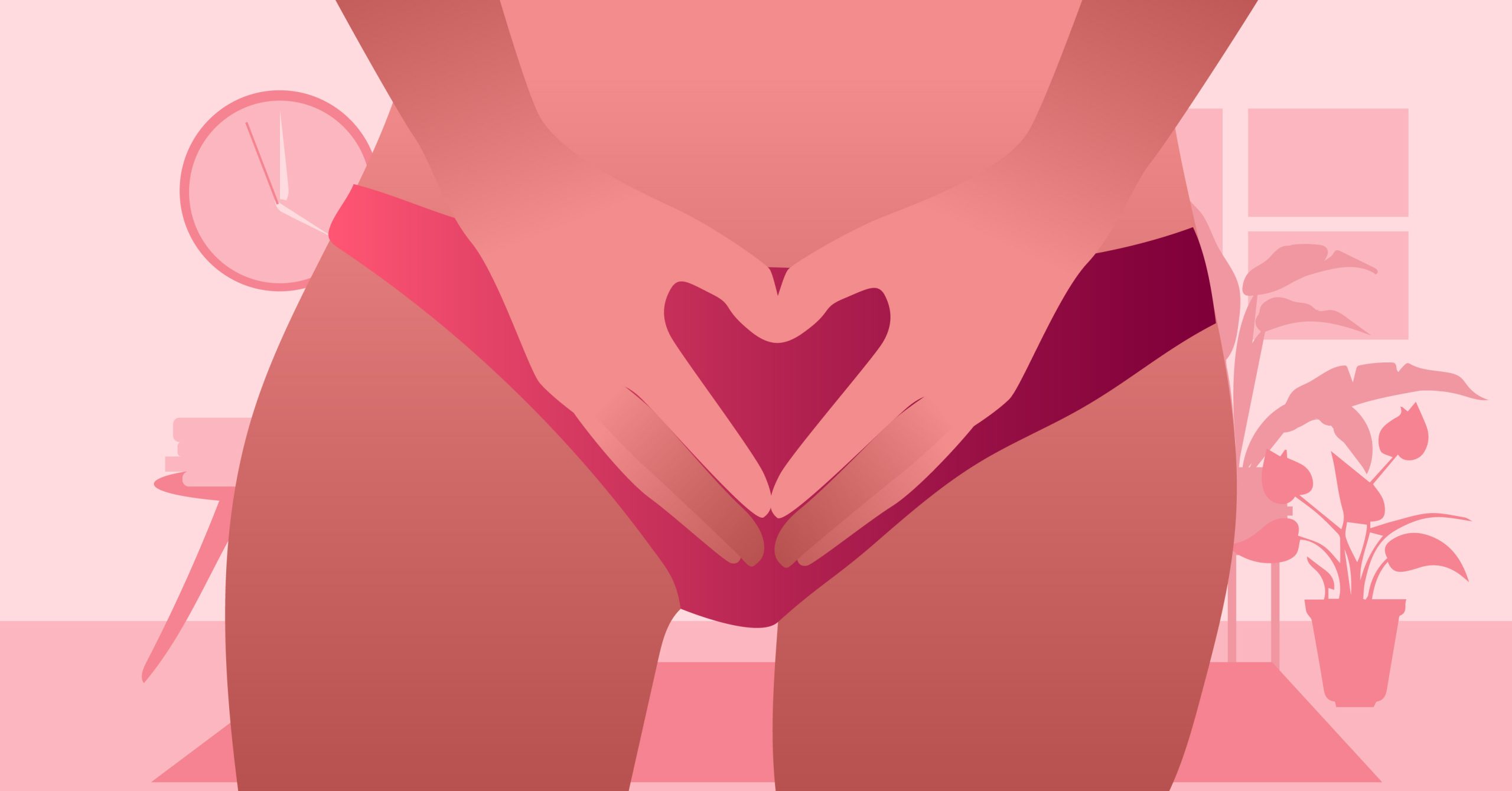
One less thing to worry about since a pad is laid down on your underwear. Even if TSS is a rare medical condition, pad users are farther from risk than tampon users. The less contact with your inner walls during that time of the month, the better at preventing it.
-
₱675.00
-
₱675.00
-
₱675.00
-
₱850.00
Cons of Pads
Alright now, there must be some downsides when using a pad. Let’s get into those details here.
1 They’re not waterproof.

If you see a floating pad, just look away. That’s not mine; that must be someone else… Sike!
Wearing a pad hinders you from doing any activities that involve water. For one, the adhesive can wear out, hence getting dislodged and floating on the surface. Two, the pad will get soaked, making you feel extra heavy as you swim. Don’t be a deadweight on water, guys.
2 They move around constantly.
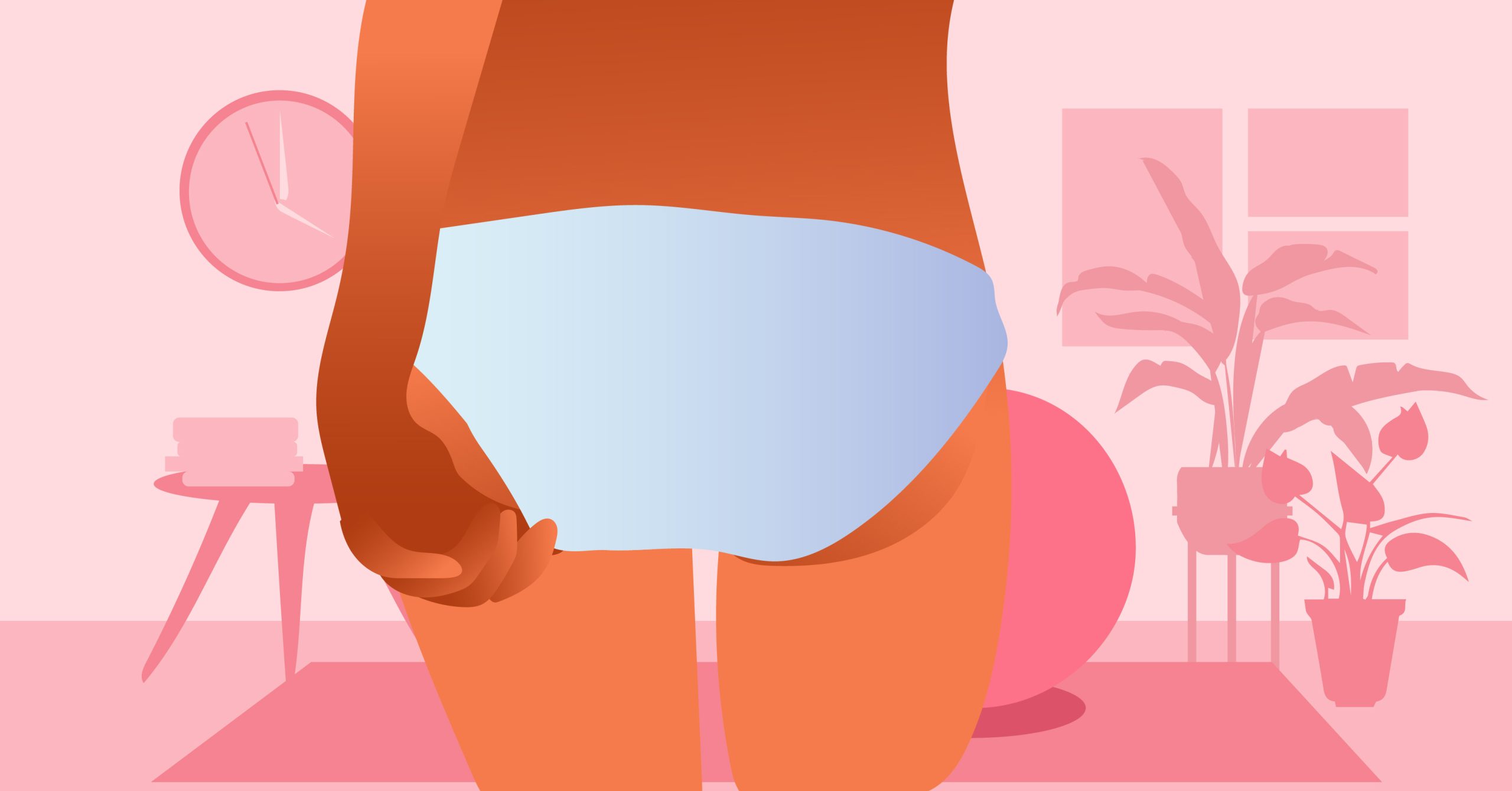
Even with adhesive keeping a pad in place, a pad tends to shift around when you move. Walking, running, or even changing your angle of sitting, your pad will also budge around. They’ll also crinkle in your underwear, making you uncomfortable with the extra bumps in your private area.
Hence, a pad is not ideal for any active activities.
Another way some people describe how a pad feels like with a diaper. Walking around, there’s an item in between their legs that minimizes their movement. Not just that, if a pad shimmies around, you’re more prone to staining your clothes.
-
Original price was: ₱1,050.00.₱945.00Current price is: ₱945.00.
-
Original price was: ₱420.00.₱378.00Current price is: ₱378.00.
-
Original price was: ₱260.00.₱234.00Current price is: ₱234.00.
-
Original price was: ₱280.00.₱252.00Current price is: ₱252.00.
3 They’re evident under clothing.
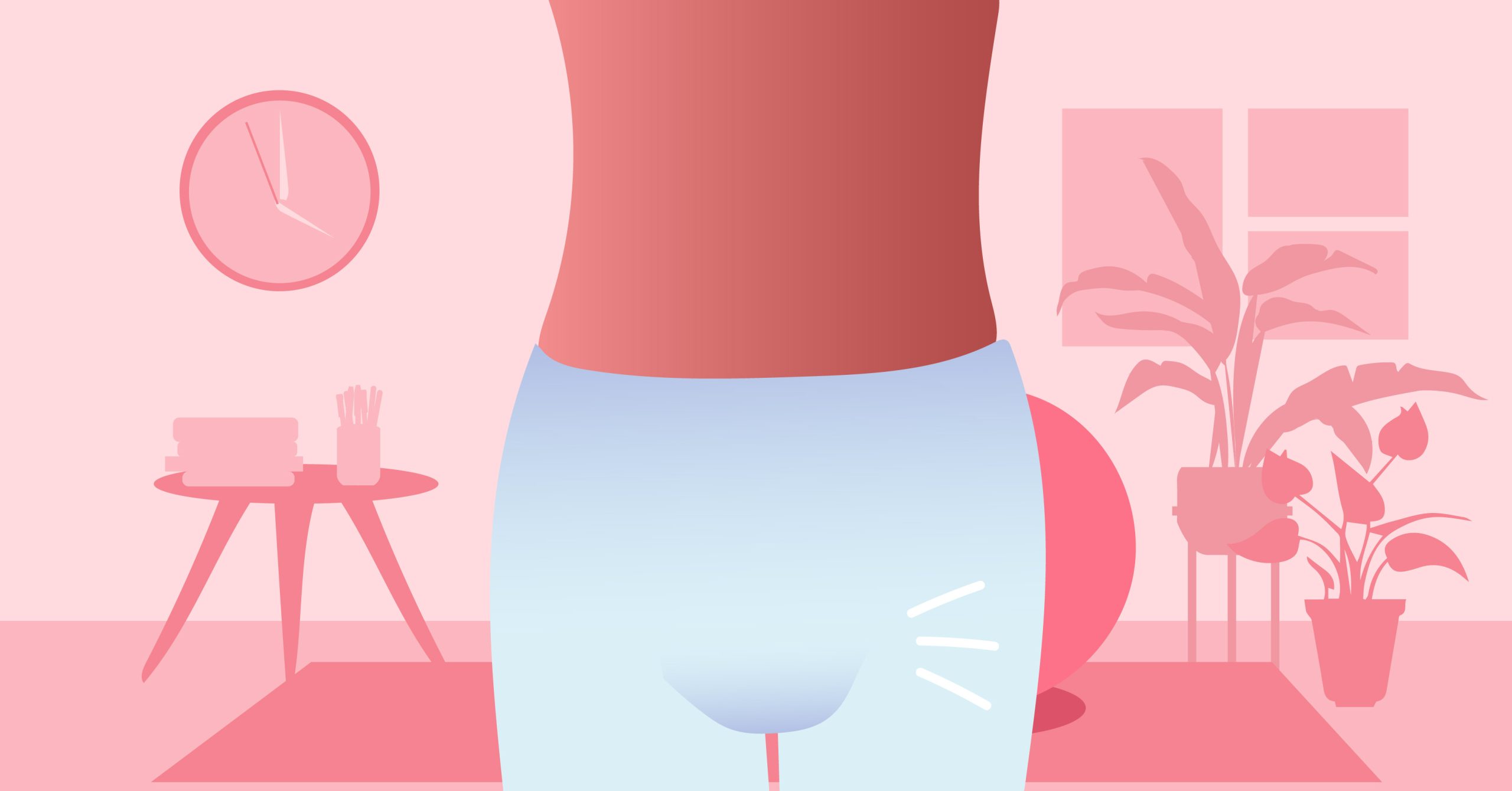
There’s no shame when wearing pads, but some people may want to keep their period on the low-key. Because no matter how thin some variations of pads are, they’ll still look obvious. Not just that, when you take them off, the sound of ripping them from your underwear is loud and unavoidable.
Ideal Times to Use a Pad

As we highlighted certain situations where tampons are a great option, how about pads? When are the best menstrual items to use? Some situations wherein a pad would be ideal include:
- Finding discomfort with inserting anything up your vagina
- Loving clean sheets
- Craving for less hassle and stress on a day-to-day basis
Important Tampons Vs. Pads Tips to Remember
Sure, we are focused on the debate between pads vs. tampons. However, they share some qualities that give them the same advice to follow when they’re used. Learn more about these important tips down below.
1 Take it out on time!
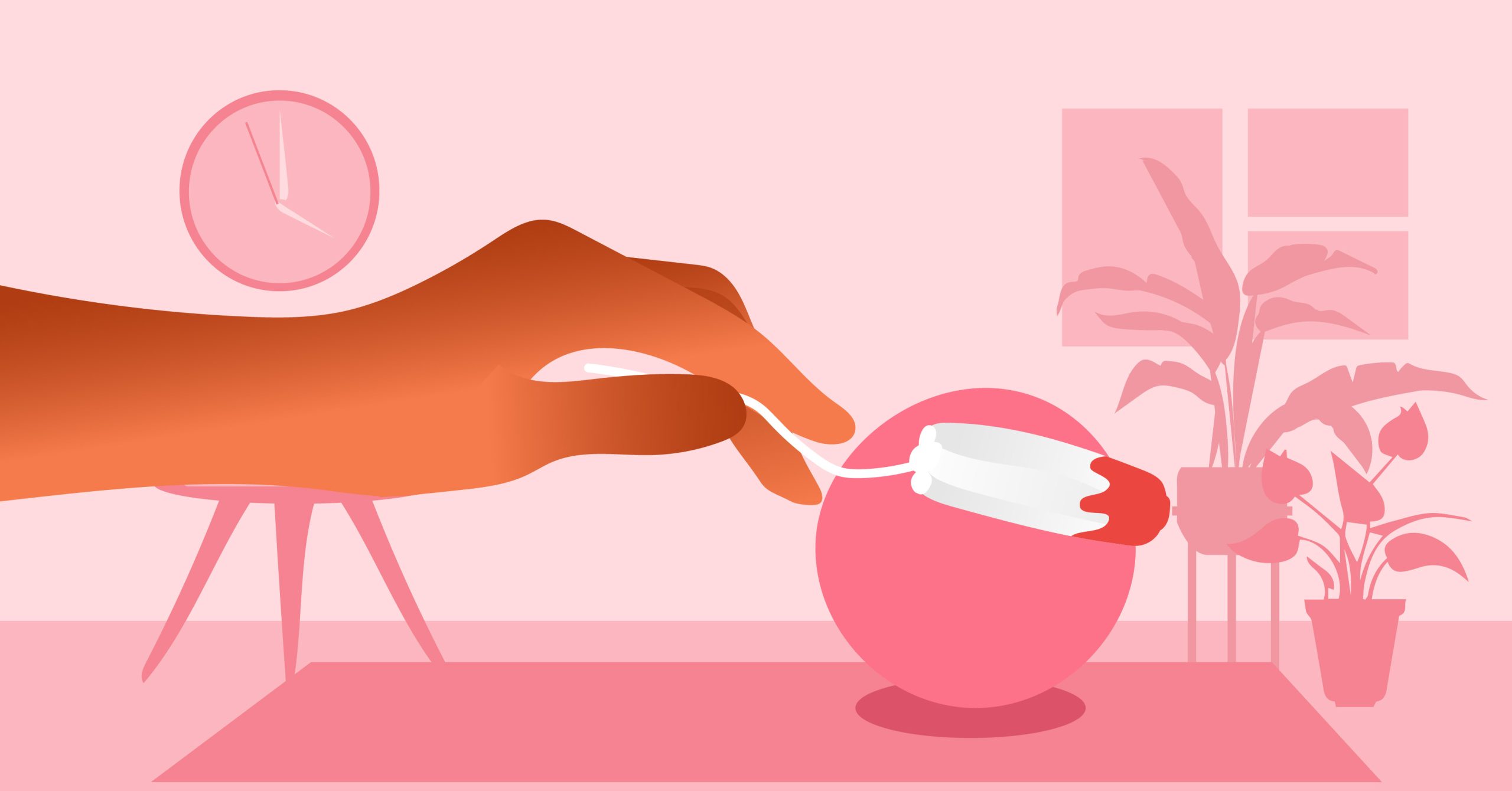
NHS shares that a tampon may not get lost in your body because the next opening near it is your cervix, which is too small for a tampon to pass through. If you don’t take it out on time, it can get compressed within your vaginal walls. Because of this, it’ll be difficult and even painful to remove it.
As for a pad, changing it in the recommended lifespan or when it gets heavy is important. It’s a practice of good hygiene and prevention of foul odors. It also spares you from excess leaking when your current pad is full of period blood.
2 Ditch the scented ones.
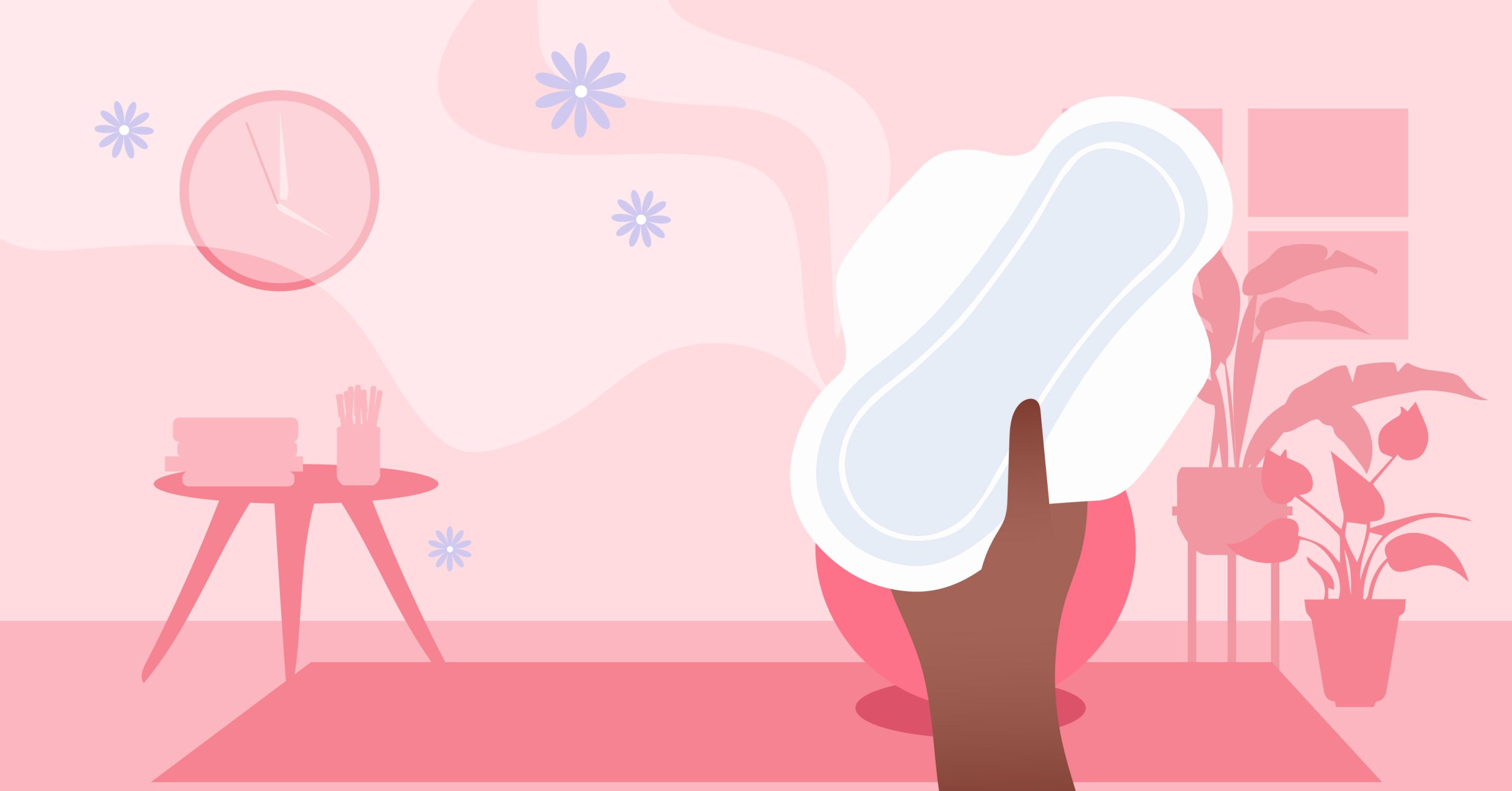
Don’t listen to those ads that sell the idea of “feeling fresh”, “no more odor days”, or anything else under that umbrella. Your vagina is a self-cleaning organ! Scents and perfumes are chemicals that can harm your vagina and mess with your natural pH balance. As much as this is an article between tampons vs. pads, scented versions of both are discouraged to use.
3 Make sure to use the right ones.
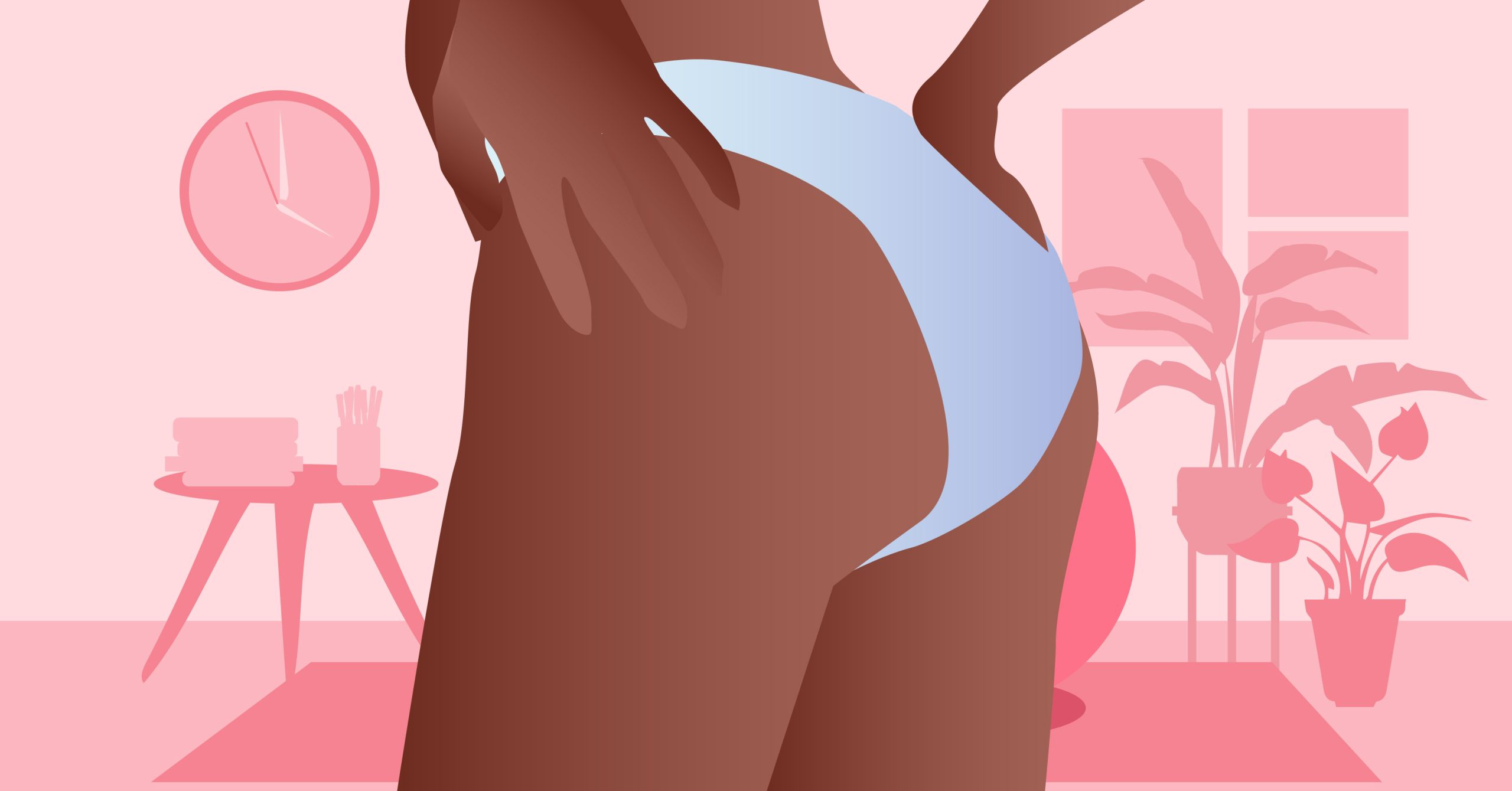
This step between tampons vs. pads will require a lot of trial and error. This is extra important whether you just got your period for the first time or switching from one product to another.
When you’re starting out, figure out the intensity of your period can be. Then adjust as needed.
Light period? Using the thinnest tampon or pad is suitable for you.
Heavy flow? Opt for the thickest ones available.
If you’re going to switch from either a tampon to a pad or vice versa, here’s what you can do. Take small adjustments, wherein you wear first a tampon during the first part of your day. When time is up, you can take out a pad that matches your flow. Start first with what you’re comfortable with so your body doesn’t get shocked or overwhelmed, as that can ruin the momentum of your day ahead.
Yes, this step has a lot of work involved. But it’ll be worth it once you find the right products for your flow and get used to them.
4 Wear comfortable underwear.
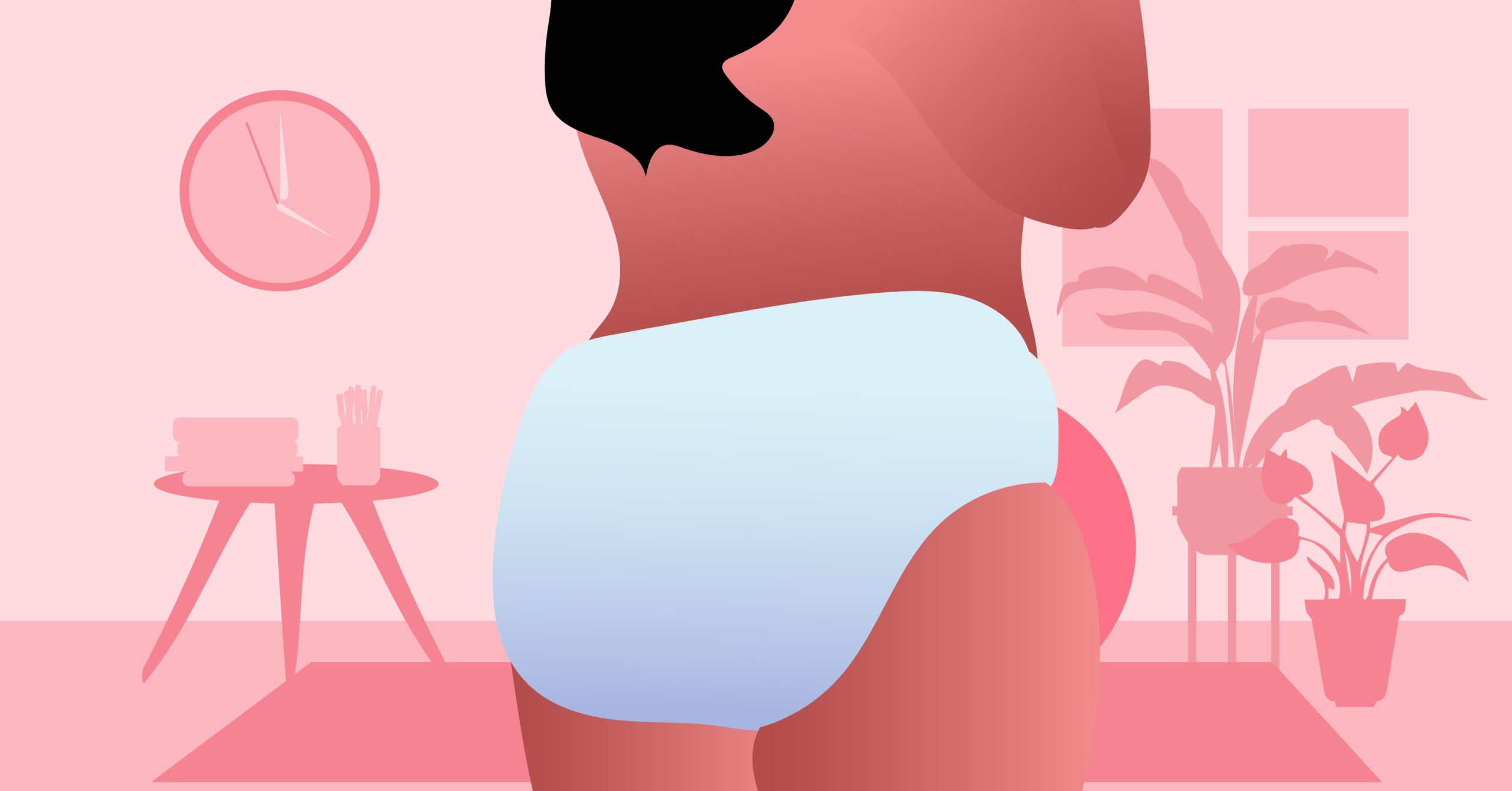
The most preferred underwear to wear during your period is made of cotton or other natural fibers. But the former is the number one choice! Natural cotton has organic moisture components that keep your vulva fresh the whole day. Not just that, it keeps your pad in place if you’re a pad user.
If you’re a tampon user, it makes your vulva area breathe and relax.
During red days, it’s important to take care of yourself, so make sure to do just that with your choice of underwear.
5 Wash your hands!
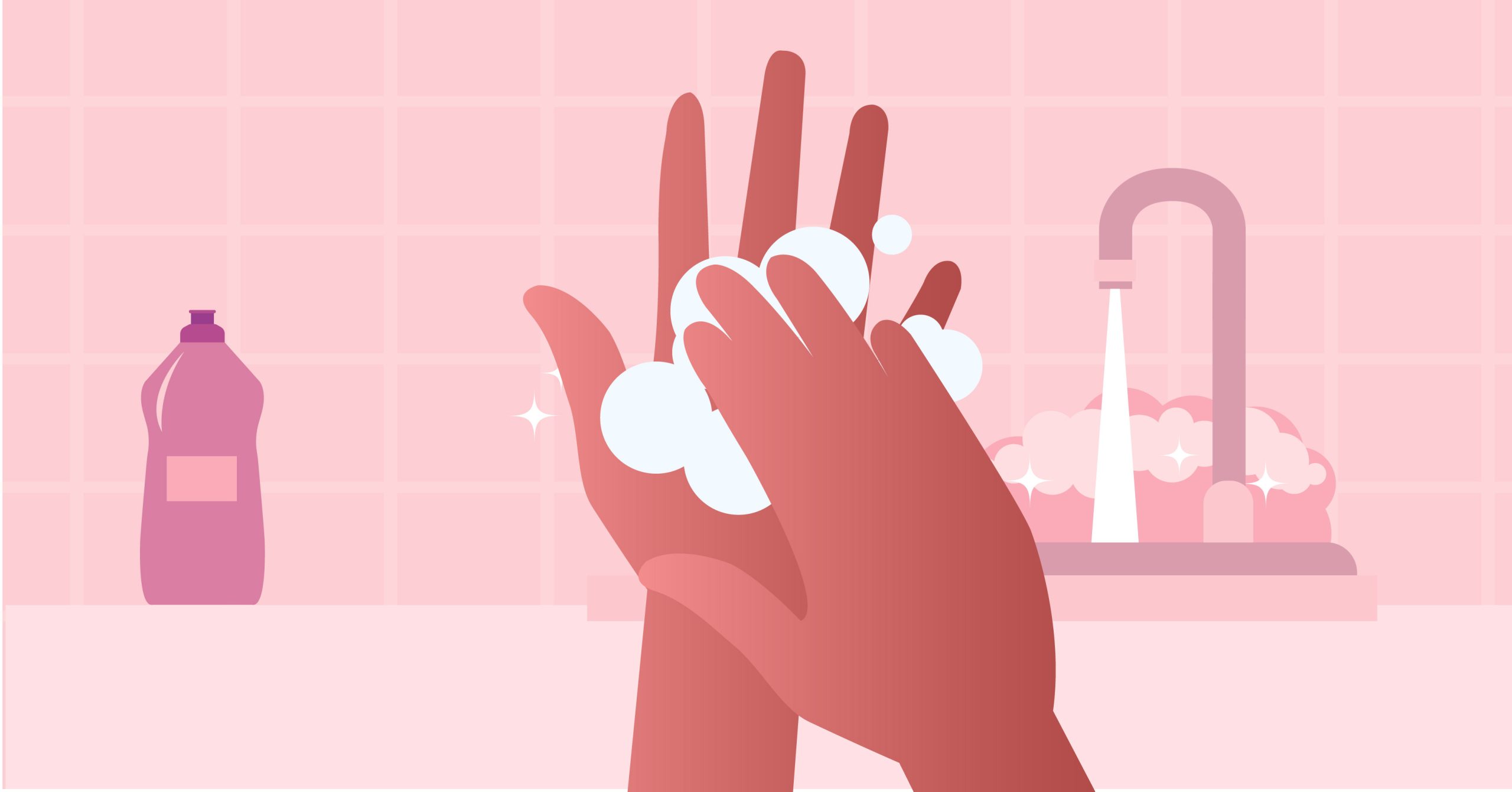
We may have mentioned this in each instruction guide for tampons vs. pads, but we want to emphasize this step once again. Washing your hands with soap and water lessens the chances of interacting with more bacteria and further promotes good hygiene.
Remember to do this step before and after tampon insertion or laying a pad.
Tampons Vs. Pads: Final Verdict?
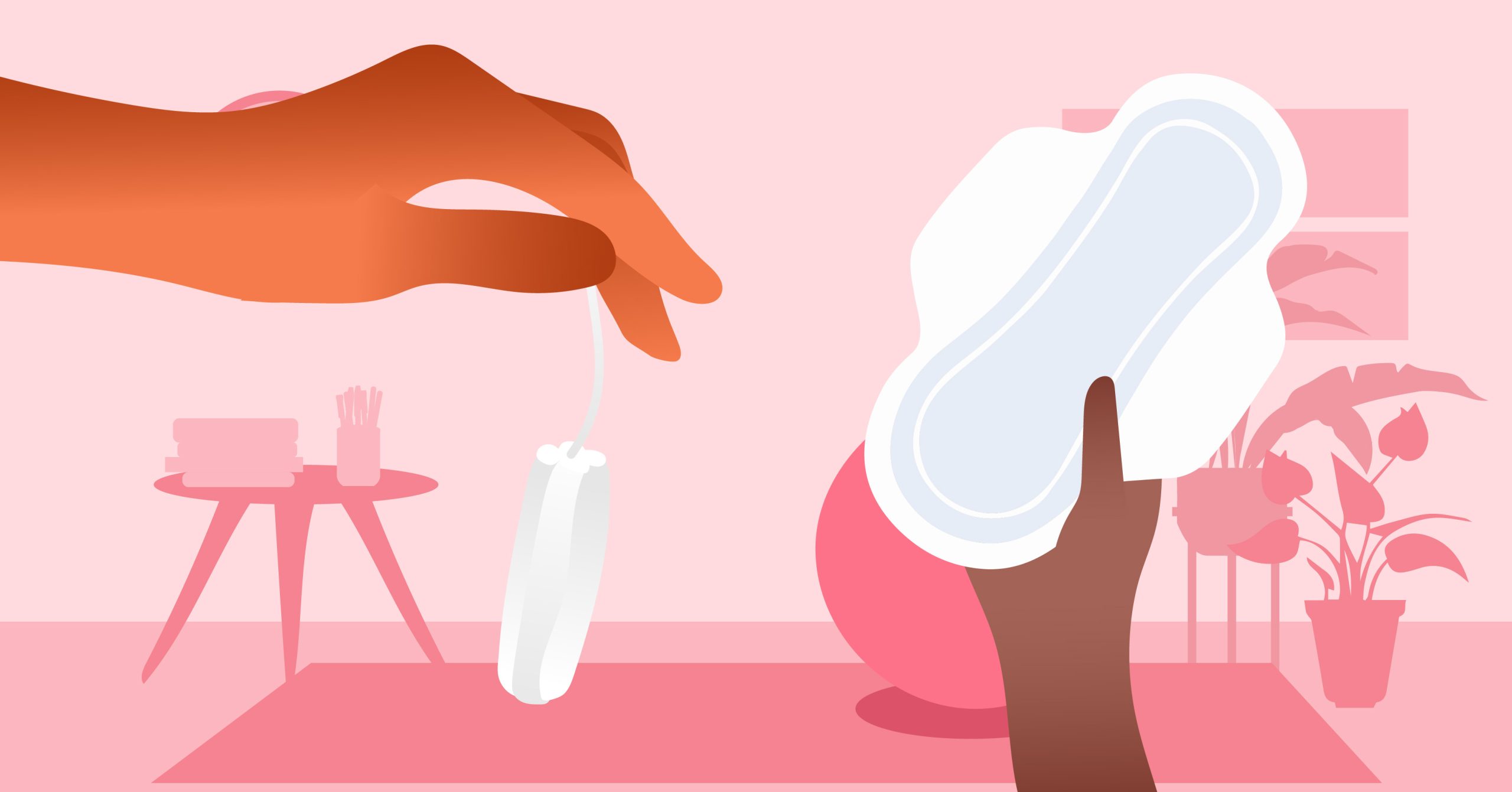
Tampons vs. Pads both have pros and cons, so we leave it to one’s preference on which to use. Their lifestyles can also play a part, whether you love sports or don’t want their bed to look like a crime scene. Tampons vs. Pads may be some of the common menstrual items in the market, though they aren’t the only sources of menstrual hygiene out there.
However, this decision is still up to you. Whether or not you want to stick to one menstrual product or change it up every cycle, prioritize your comfort, protection, and health.
Takeaway
And there you go for this breakdown between tampons vs. pads! We hope you’ve learned more about how each menstrual item works and how they can benefit or risk your health. Now, we leave it up to you to try which item works for your lifestyle more. That way, you can avoid inconveniences along the way. Just go with the flow with your flow, and learn more about your body along the way.
